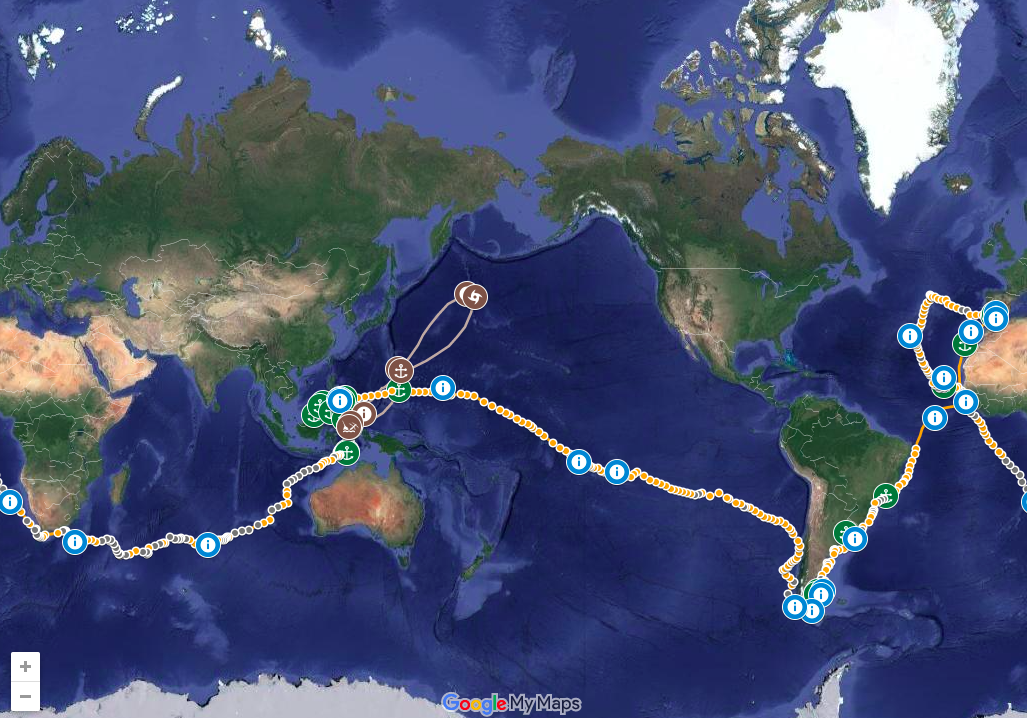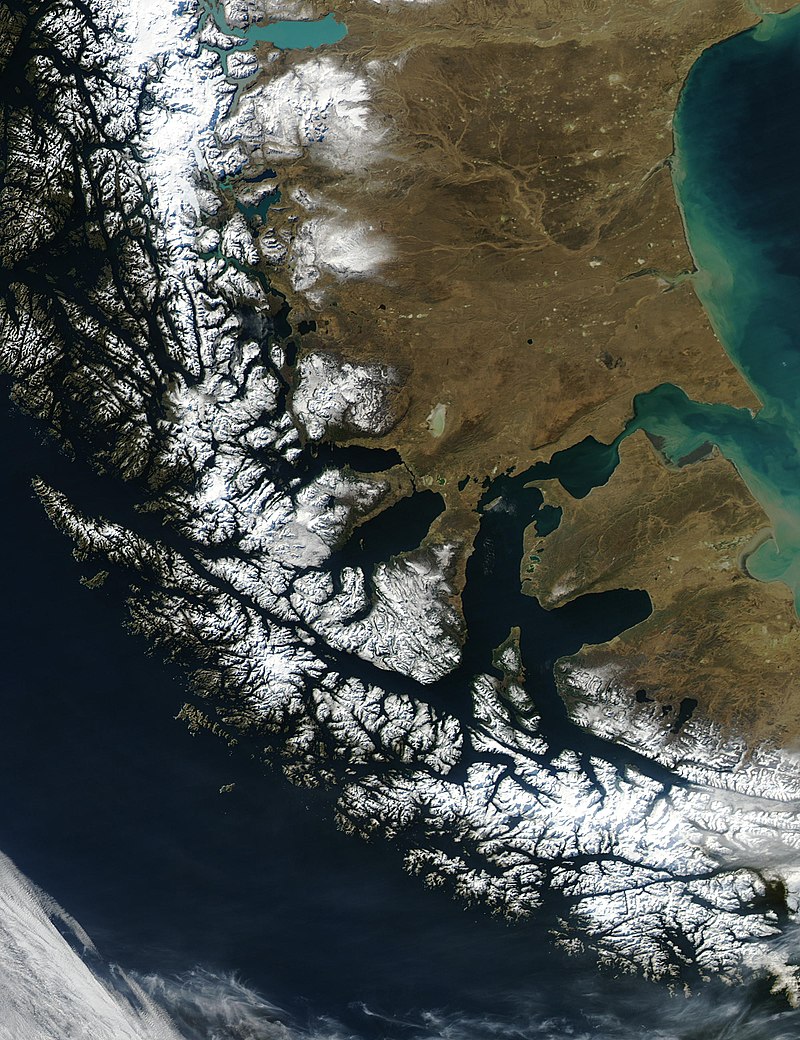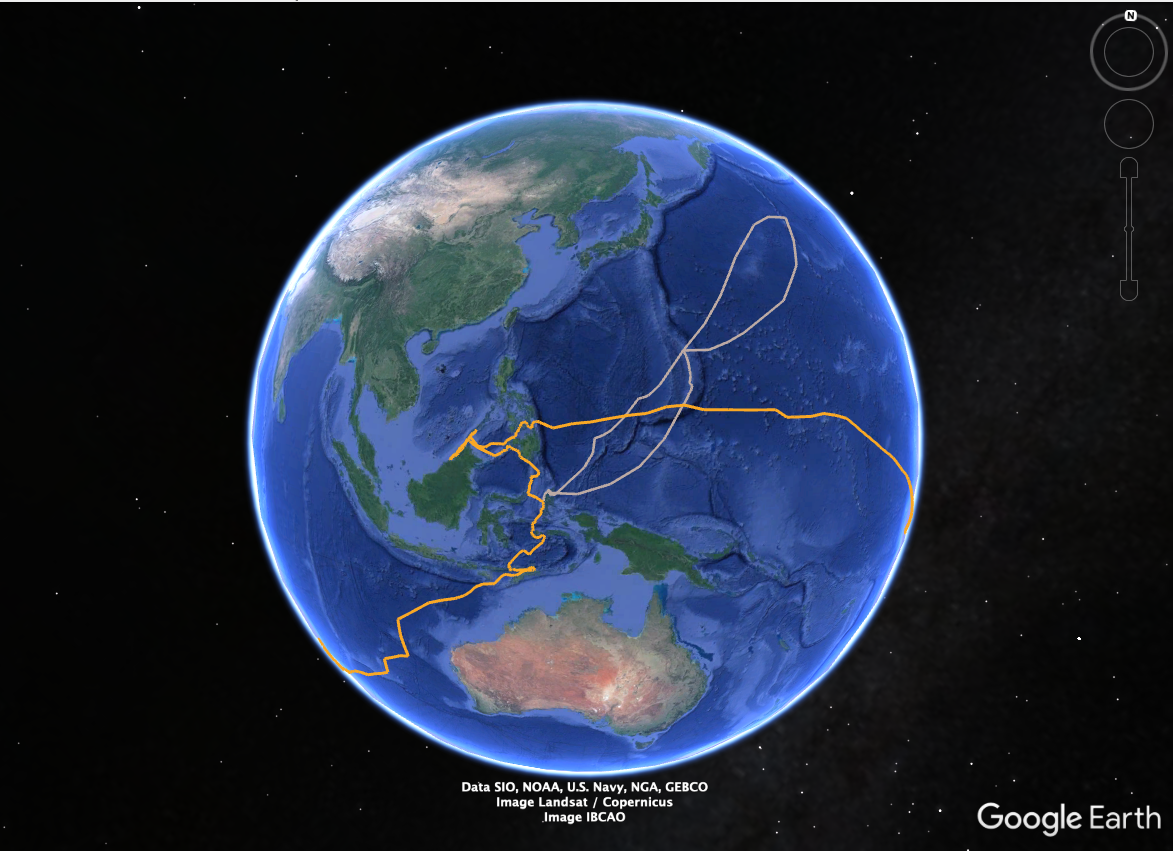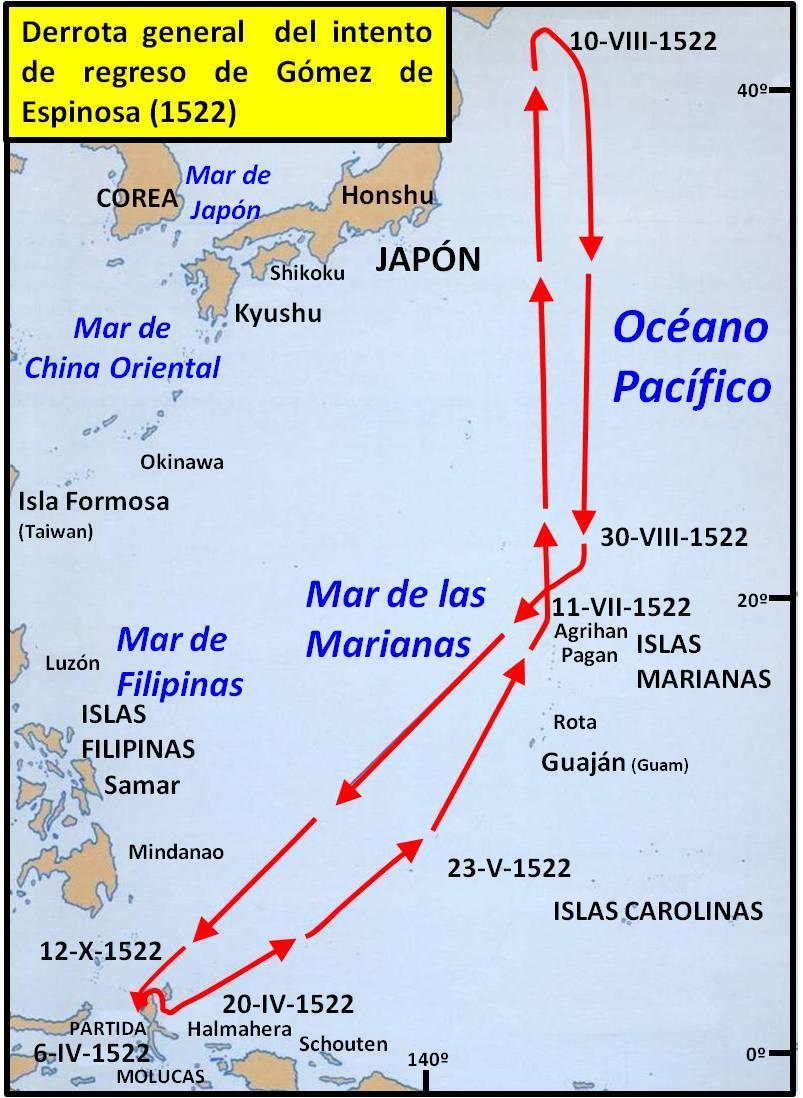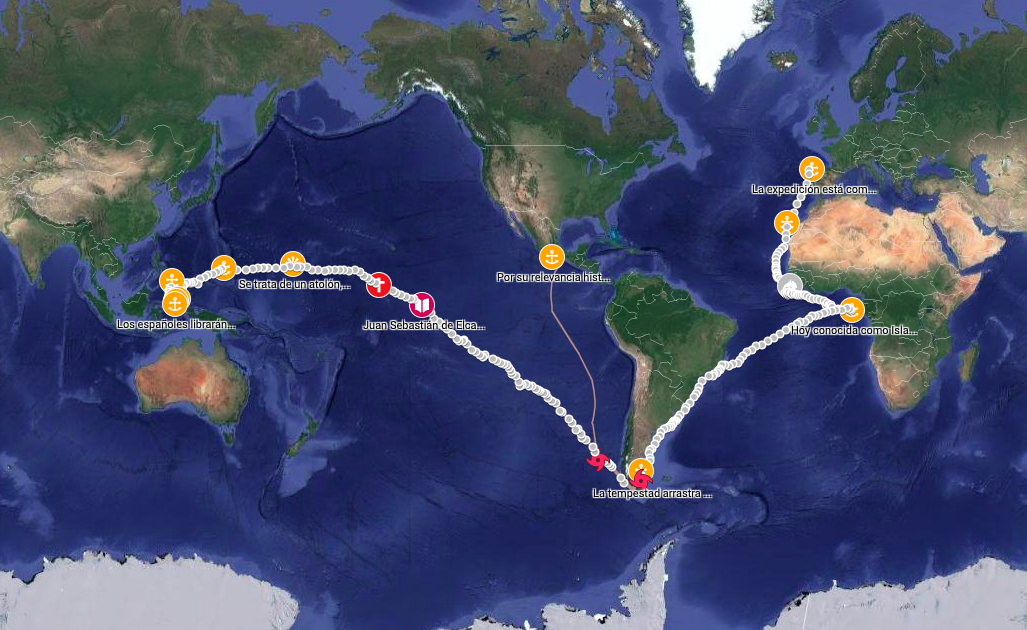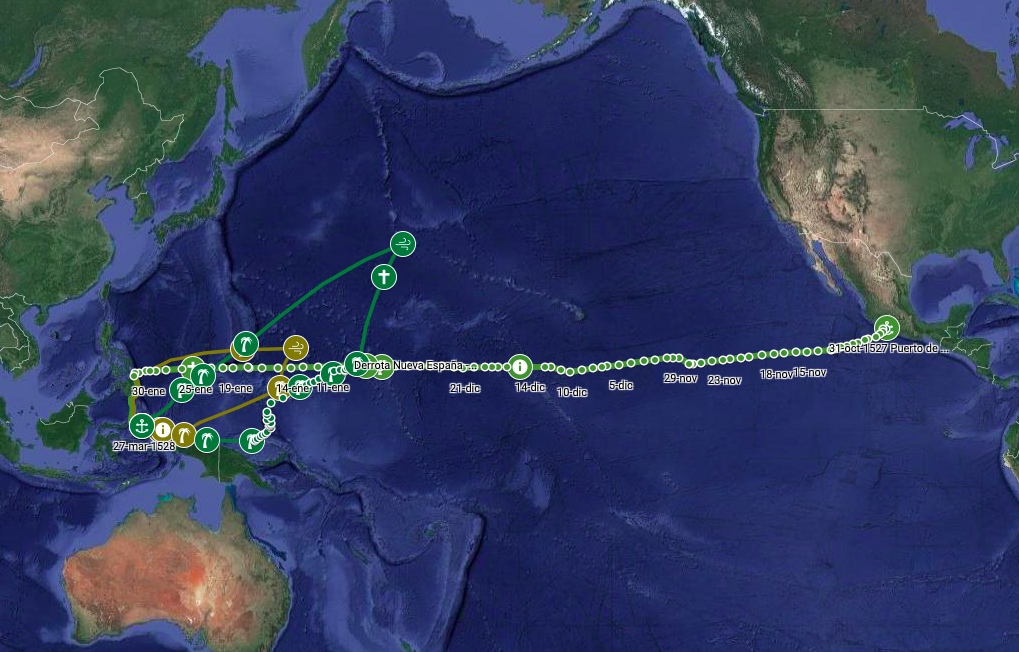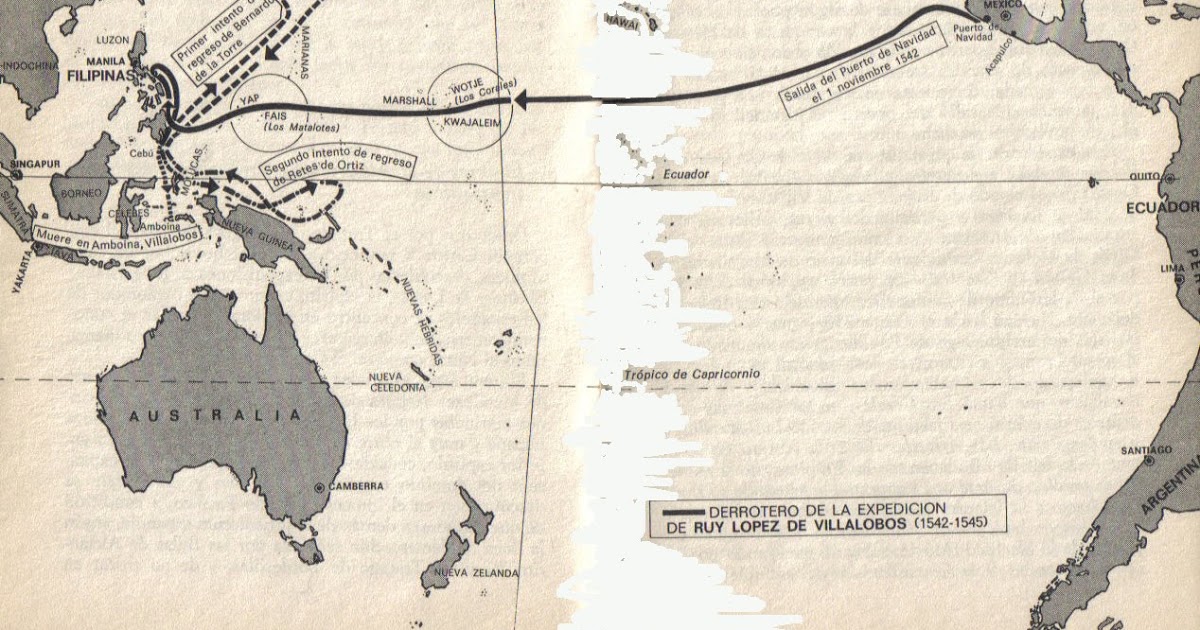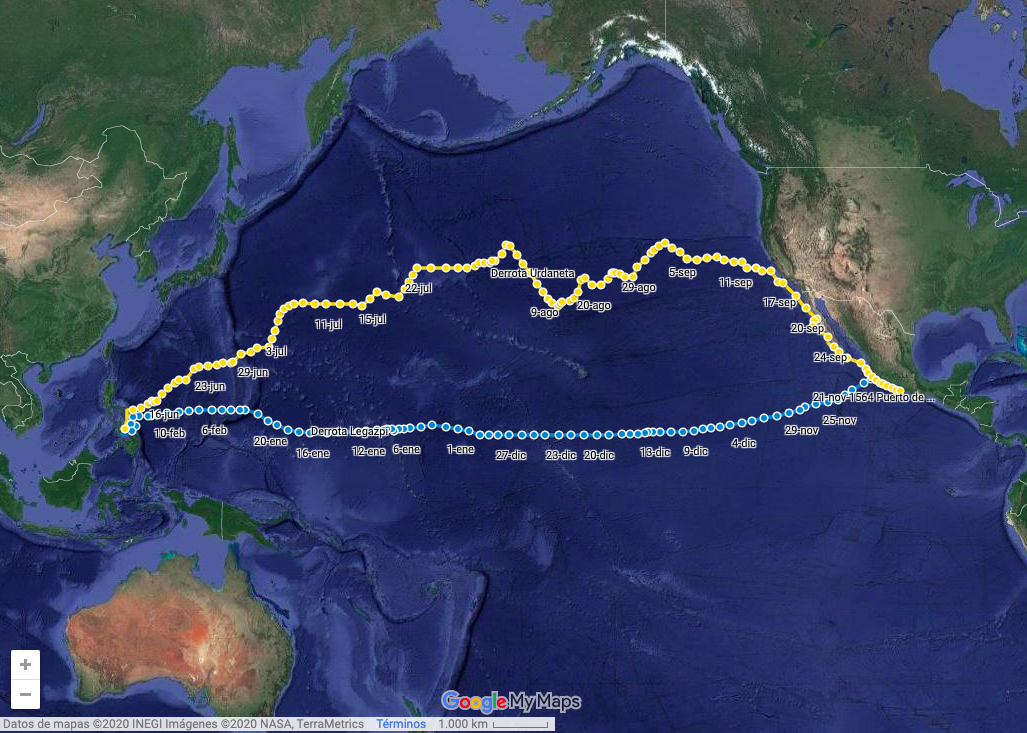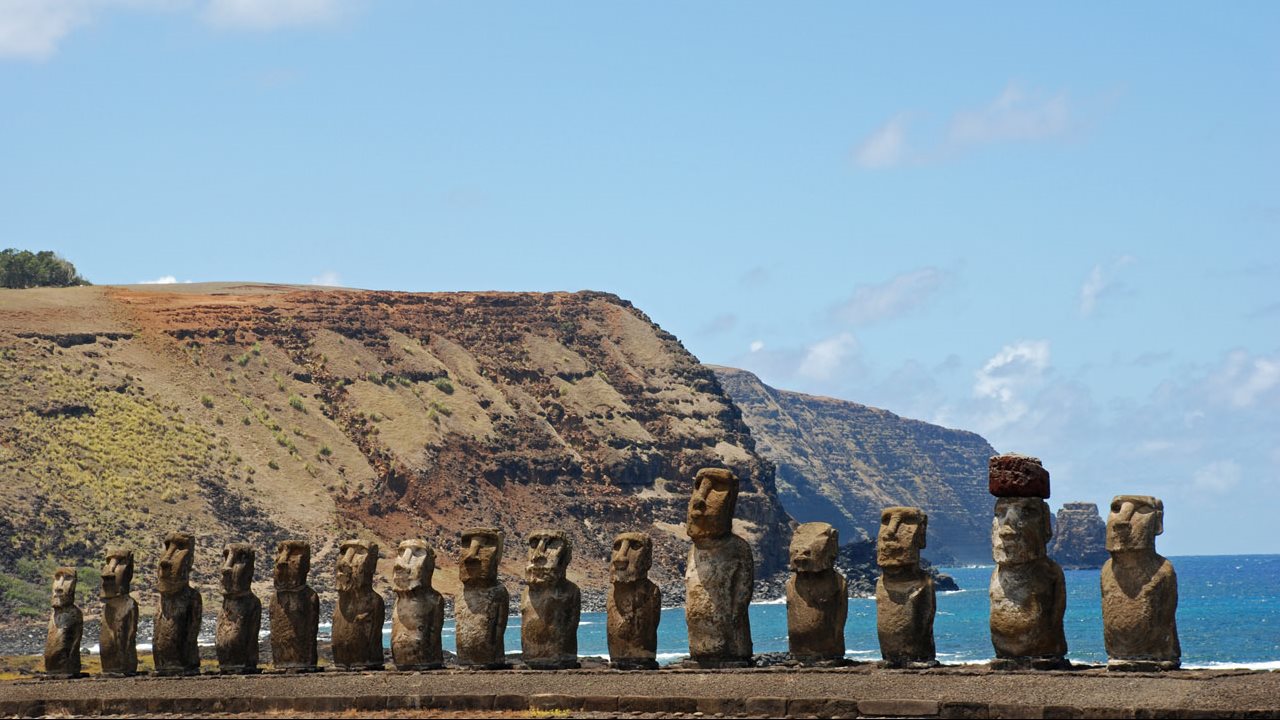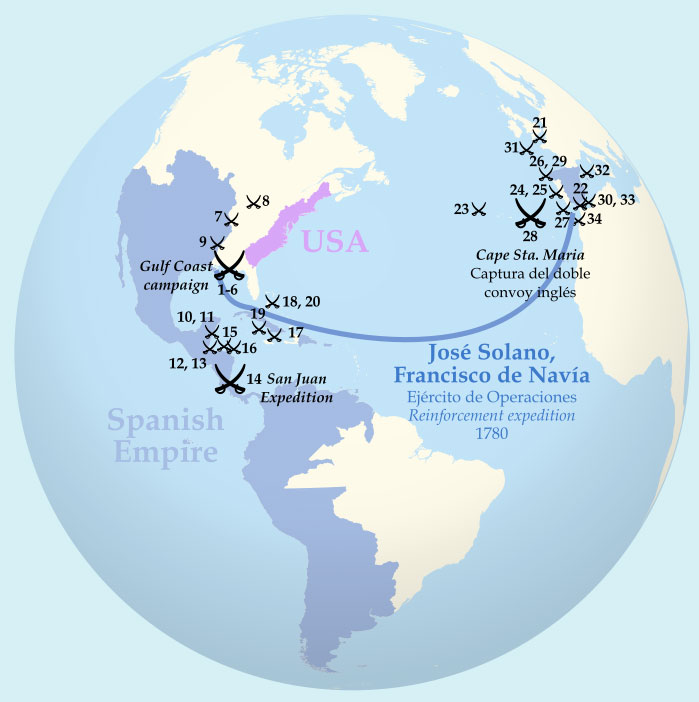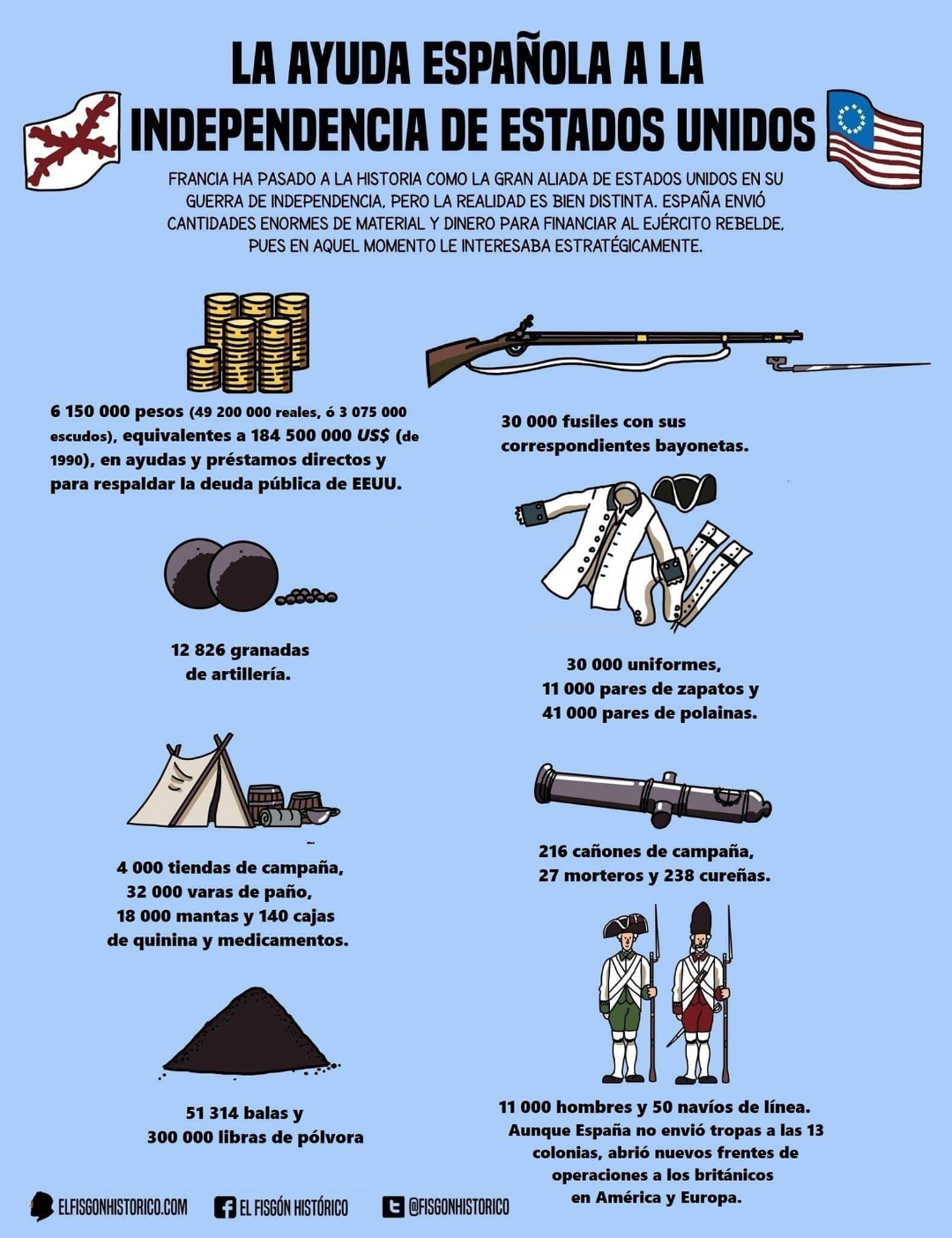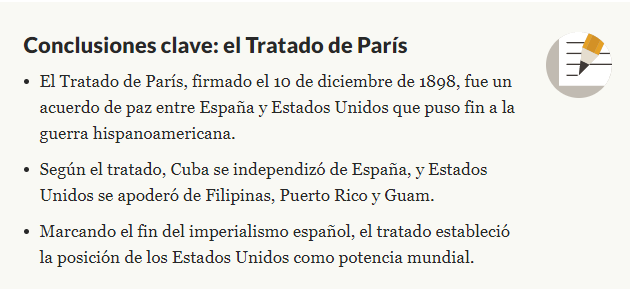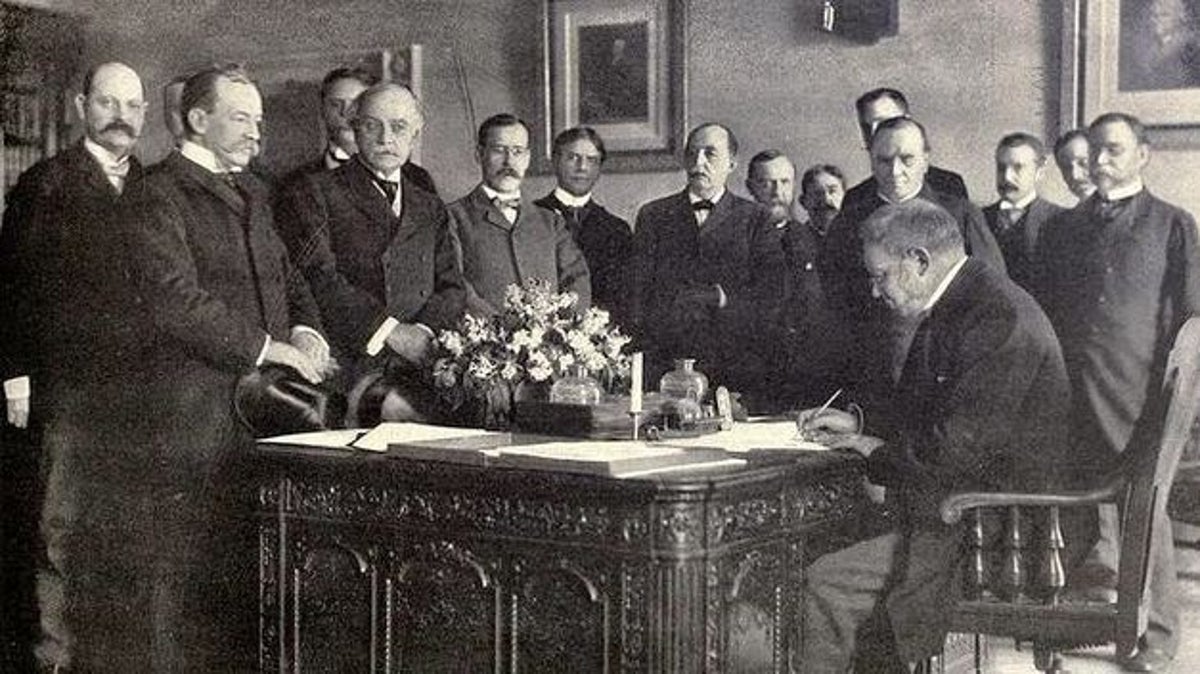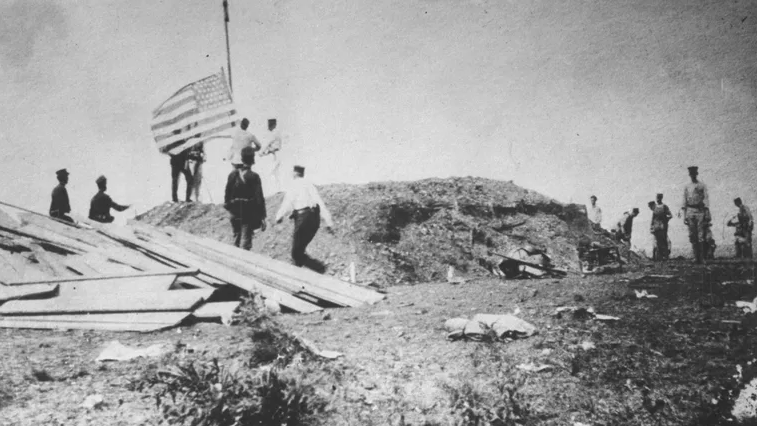1613-1620 - La Embajada Keicho
Antes de que llegaran los Pilgrims ingleses al nuevo mundo ya llamado
América !
La lectura cura la peor de las enfermedades humanas, "la
ignorancia".
A principios del siglo XVII se produjo la primer misión diplomática
de Japón a América y Europa con los objetivos de entablar relaciones
comerciales con Nueva España y solicitar el envío de misioneros
católicos a tierras niponas. La expedición diplomática fue una gran
odisea que duró 7 largos años sólo para terminar en tragedia.
Antes de comenzar con la narración de dicho evento, considero
importante dar un preámbulo que ponga en contexto la situación que
vivían los dos países protagonistas de este evento histórico: Japón
y el Imperio Español.
En 1603 el país del sol naciente entró en un período histórico
conocido como Edo ( 江戸時代
Edo jidai) en el cual
el Shōgunato Tokugawa gobernó
absolutamente sobre los demás clanes japoneses hasta el siglo XIX. Un
shōgunato, como su nombre lo dice, es gobernado por un Shōgun
el cual es el equivalente oriental a un dictador militar con carácter
hereditario, en este periodo el emperador japonés era únicamente jefe
de estado y líder espiritual (algo así como el día de hoy), mientras
que los Shōgunes del clan Tokugawa tenían el poder efectivo.
El Shōgunato a su vez estaba dividido en feudos, gobernados por
un Daimyō, quien al ser el se ñor feudal de
esas tierras tenía poder absoluto en su provincia, debiéndole lealtad
al Shogun.
El Periodo Edo comenzó con una apertura a occidente (España,
Portugal y Holanda) en el cual no sólo se buscó comerciar con estas
naciones para adquirir tecnologías, si no que comenzó a florecer el
cristianismo por primera vez en Japón gracias a los frailes portugueses
y españoles que arribaron a esas tierras, sin embargo, esta apertura
duró poco, pues el Sh ōgun fue
fuertemente influenciado por William Adams, un piloto inglés al
servicio de Holanda, quien al ser anglicano habló pestes de España,
Portugal y de la Iglesia católica.
El Sh ōgun vio entonces el
cristianismo como una fuerza desestabilizadora y peligrosa para su
gobierno, por lo cual comenzó a emitir decretos contra este credo
subiendo su tono hasta llegar a la expulsión total de los cristianos en
1614, así como la prohibición del comercio con
España y Portugal llegando a conceder permisos especiales sólo para
Holanda. En este periodo muchos frailes fueron martirizados, muchos
Daimyōs debieron abandonar u
ocultar su fe católica y hubo un éxodo de japoneses conversos a
Filipinas y otras partes de Nueva España huyendo
de la persecución religiosa.
Al mismo tiempo que en Japón sucedía aquello, España vivía una
época de florecimiento cultural y expansión territorial.
Estando ya bien establecida en América volvió a buscar el rico
comercio con Asía, el cual antaño la había llevado a toparse
accidentalmente con el continente americano.
Desde 1571, Manila en Filipinas se volvió el punto desde el cual los
españoles comerciaban con el lejano oriente, especialmente con China,
sin embargo ya en 1600 el imperio español buscó una ruta comercial con
Japón pues era de sumo interés que en aquellas islas hubiese gran
cantidad de población, a la cual también se quería evangelizar.
Tomando en cuenta el contexto anterior, Japón, en un primer momento
del gobierno Tokugawa, se interesó en establecer relaciones con
occidente, y España se interesó en la evangelización y el comercio,
por lo que estos gobiernos vieron en su acercamiento algo comúnmente
provechoso.
Esto nos lleva a T ōhoku,
una región que ocupa el norte del Japón, gobernada por el Daimyō
y samurai Date Masamune, fundador de la ciudad de Sendai señalada
en el mapa. Masamune era un veterano de guerra con experiencia contra
coréanos y otros japoneses que había además ganado el favor del Shōgun
al ser su consuegro, lo cual lo hacían una
persona sumamente importante, identificado por la falta de un ojo era
popularmente conocido como dokuganryū
(Dragón de un solo ojo).
Como gobernante es recordado con cari ño,
resaltando su sabiduría al administrar y su habilidad como estratega
militar. Su visión sobre el cristianismo contrasta con la que ya se
estaba formando el Shōgun, ya
que al contrario que este, él veía en la
religión católica una influencia positiva en el Japón y permitió la
evangelización española en su territorio volviéndose un promotor de
esta fe. Algunos historiadores creen que Masamune se volvió católico
secretamente, sin embargo, la mayoría asume que en realidad lo que
buscaba era un acercamiento a la tecnología occidental permitiendo la
evangelización en la cual no veía peligro alguno, sin embargo, hay
evidencia de que su hija, Iroha, era cristiana.
En 1612, cuando la persecución religiosa comenzaba en otras
provincias, Masamune al ser un Daimy ō
muy poderoso logró salvar la vida de un fraile franciscano a punto de
ser ejecutado por predicar en Tokio, su nombre era Luis Sotelo, quien
tentando su suerte intentó dos veces fundar una iglesia en aquella
ciudad.
Sin duda las cosas estaban tensas en Japón con respecto al
cristianismo, pero Masamune lo permit ía en el
norte del país y el mismo Shōgun
aún no adoptaba posturas tan radicales de
aislamiento, por lo cual, Sotelo vio en su salvador una forma de que el
rey de España y el Papa se interesaran más por establecer relaciones
con el Shōgunato antes de que
fuese tarde.
Sotelo convenció al Daimyō de enviar una misión diplom ática
a Europa, Masamune vio en esta expedición una buena manera de contactar
directamente con el rey de España para establecer una relación
comercial con Nueva España que pasase necesariamente por su feudo, por
lo que decidió financiar el viaje a condición de introducir esta
petición comercial como uno de los objetivos principales del mismo.
La expedición contaba con el permiso del Sh ōgun
Tokugawa Ieyasu, consuegro de Masamune, pese a que el mismo Shōgun
había prohibido el Cristianismo en la capital en
1612 y todo parecía indicar que esta política no tardaría en hacerse
extensiva a todo el país. Aún y siendo consciente de esta realidad,
Masamune decidió seguir adelante con el proyecto.
El nombre que se da a esta expedición es el de Embajada Keicho,
estaba capitaneada por uno de los hombres de confianza de Masamune,
Hasekura Tsunenaga, coordinada además por el padre Sotelo, quien
también se encargaba de las tareas de intérprete y consejero, incluía
a un delegado del virrey de México llamado Sebastián Vizcaíno, que
sólo viajaría hasta Nueva España, y a casi centenar y medio de
japoneses. A bordo de la nave San Juan Bautista, construida en Japón
pero de diseño europeo, zarparon de la provincia de Miyagi, al norte de
Edo, el 28 de octubre de 1613.
Llevada por las corrientes del Pacífico la nave llegó a California,
destino habitual del tornaviaje, desde donde se dirigió al sur para
llegar a Acapulco el 25 de enero de 1614, en las crónicas del lugar se
explica así la llegada de la expedición:
Un barco que lucía un hermoso emblema real llegó al puerto de
Acapulco. Así, el embajador de Japón venía a entrevistarse con el
Santísimo Papa del Cristianismo y con la Majestad Católica de España.
El presidente de la administración y de la justicia de ese puerto
decidió que le daría la bienvenida con toda la cortesía posible que
corresponde a su título de embajador
Allí les recibió el virrey de Nueva España, el marqués de
Guadalcázar, quien les aprovisionó de caballos y todos los suministros
necesarios para hacer el camino hasta la Ciudad de México, a
aproximadamente 400 km., donde llegaron el 24 de marzo de 1614.
Fueron recibidos de nuevo por el virrey en el Palacio Real, actual
Palacio Nacional, donde, tras una solemne ceremonia y toda clase de
celebraciones, les fue otorgado el permiso para continuar su viaje hasta
España. Por su parte, Hasekura Tsunenaga hizo entrega al virrey de una
carta escrita por su señor Date Masamune, así como diversos regalos.
Este ambiente de alegría y cordialidad se truncó cuando al poco de
la llegada de la expedición a México, llegaron a través de numerosas
cartas al virrey, noticias alarmantes desde Japón, donde el sh ōgun
Tokugawa Ieyasu acababa de prohibir oficialmente el Cristianismo en todo
el país, expulsando a los sacerdotes extranjeros,
obligando a los japoneses cristianos a abandonar la doctrina católica,
quemando iglesias y ejecutando a todo el que se resistiese a acatar las
órdenes. Como respuesta a esta situación, decenas de los japoneses que
formaban parte de la comitiva decidieron convertirse al Cristianismo
bautizándose en México, en un intento de mostrar así sus buenas
intenciones pese a estas nefastas noticias llegadas de Japón. Estas
muestras no fueron suficientes y el cambio drástico en la situación
política japonesa acababa de condenar a la expedición, pues
lógicamente habían perdido toda autoridad para establecer relaciones
comerciales con los mandatarios españoles o de otros países. Pese a
los intentos del padre Sotelo por mantener el apoyo de las autoridades
de México, escribiendo al virrey para defender a Date Masamune y
asegurar que éste no permitiría que los cristianos fuesen perseguidos
en sus tierras, la comitiva acabó quedando olvidada y marginada.
Finalmente, decidieron dejar tierras novohispanas y partir hacia
España, aunque el número de japoneses que continuaron en la
expedición pasó a ser mucho menor, se cree que entre veinte y treinta,
el resto volvió a Japón. Zarparon el 29 de mayo de 1614, apenas dos
meses después de su llegada, haciendo escala en Veracruz y La Habana,
desde donde partieron cruzando el Atlántico.
El 5 de octubre de 1614, casi un año después de su salida de Japón,
la expedición llegó a la Península Española, tocando tierra en
Sanlúcar de Barrameda, provincia de Cádiz, desde donde remontaron el
Guadalquivir hasta llegar a Coria del Río, antepuerto de Sevilla y
localidad donde residirían durante unas semanas. Fueron más tarde
recibidos con grandes festejos en la capital sevillana por el alcalde,
el conde de Salvatierra (1570-1618), así como por las autoridades
eclesiásticas, y alojados en el Palacio del Alcázar, lugar reservado
habitualmente para visitantes de muy alto rango, como la familia real.
El recibimiento que se les dio en esta ciudad fue con mucho el mejor de
toda la expedición, algo provocado en gran parte por ser la ciudad del
padre Sotelo, con algunos familiares directos formando parte de su
gobierno y promocionando la visita, dando casi más importancia a la
figura de Sotelo, a quien se anuncia en panfletos casi como la figura
más importante del Cristianismo en Japón, que a la de los enviados
japoneses.
En una de estas cenas de gala celebradas en honor de la expedición
japonesa, Hasekura Tsunenaga hizo entrega al alcalde de una carta de
Date Masamune, otra en su mismo nombre y dos parejas de katanas. Por su
parte, el padre Sotelo miente al presentar a Masamune como el más que
probable sucesor de Tokugawa, y presentarse a sí mismo como un enviado
del sh ōgun, mientras que
Hasekura viene en representación de Masamune. Omite algunos detalles,
como que poco tiempo antes él mismo había sido
condenado a muerte por el shōgun
y que sólo salvó la vida por la intercesión de Masamune, y tampoco
comenta nada acerca del objetivo comercial de la expedición.
El 25 de noviembre de 1614, el alcalde de Sevilla hizo entrega a la
expedición de varios coches de caballos para que pudieran hacer camino
hasta Madrid, donde ten ían pensado entrevistarse
con el rey Felipe III, tras visitar a diversas autoridades religiosas en
su paso por Córdoba y Toledo. Pero las noticias sobre la prohibición
del Cristianismo en Japón ya habían llegado también a Madrid, la
corte había estado recibiendo cartas tanto desde Japón y Filipinas
como desde México desde el principio de la expedición, acerca de la
situación política japonesa pero también de la figura del padre
Sotelo.
El Consejo de Indias elaboró un informe para Felipe III el 30 de
octubre de 1614, informando acerca de estos temas:
El virrey de la Nueva España (
) escribió a V.M. el 8 de
febrero que tiene por acertado el ir despacio en la introducción de la
embajada, sin que se falte a lo que pudiere a los japones, hasta que el
tiempo muestre más las conveniencias; porque son gente alentada y (
)
no pidiendo tantos la ocasión, vinieron más de ciento cincuenta; y de
aquella nación se sabe es belicosa y que se hallan bien armados y con
deseo de hacerse prácticos en la navegación y fábrica de navíos. (
)
Y en cuanto a la religión, dice el virrey haberse sabido que el
emperador hizo degollar algunos cristianos y otras cosas muy contra ella,
y que el príncipe su hijo echó de la corte a los religiosos. (
) Y
que fray Luis Sotelo le había parecido persona de poco asiento, y que
ha movido en esto más cosas de las que fueran necesarias.(
) El
objetivo de la delegación es pedir misioneros para la evangelización
en su territorio (de Date Masamune), y abrir el paso entre él y México.
Tenemos que dilatar este paso hasta que se aclare la situación y dar
buen trato a los japoneses.
El mismo Sebastián Vizcaíno, que había viajado con la embajada
hasta Nueva España y había conocido los detalles del viaje desde su
gestación, escribió al Consejo de Indias advirtiendo de las verdaderas
intenciones del franciscano e informando de que, en realidad, actuaba de
forma completamente independiente del sh ōgun;
también relata que Masamune sólo está
interesado en el Cristianismo y en la expedición por motivos puramente
comerciales y que Tokugawa está persiguiendo ferozmente a los
cristianos por todo Japón. Con toda esta información, era de esperar
que la corte de la capital desconfiase de Sotelo en particular y de la
expedición en general.
Así, cuando llegaron a Madrid el 20 de diciembre de 1614, y entraron
en el monasterio de San Francisco, no hubo ninguna celebración de
bienvenida ni recibieron permiso de audiencia con Felipe III. Este
monasterio franciscano, donde habrían de alojarse durante su estancia
en la capital, era además un lugar modesto y muy poco apropiado, sin
duda, para una embajada extranjera, parece ser que la corte no quiso dar
tal tratamiento a la expedición japonesa puesto que ésta no traía una
carta de su emperador sino sólo de uno de sus nobles. No fue hasta
pasado mes y medio, el 30 de enero de 1615, y tras la insistencia del
padre Sotelo, que pudieron reunirse en audiencia finalmente con el
monarca. Es en este encuentro cuando Hasekura Tsunenaga hace entrega a
Felipe III de la carta en la que Date Masamune explica el objetivo de la
expedición:
La tierra de donde vengo es la más apartada desta, de quantas ay
en el mundo. (
) Las causas de embiarme [Date Masamune] son dos: la
una, que aviendo oydo las cosas de la Santa Ley de Dios, le pareció
santa y buena y camino no sólo cierto de salvación y perpetuo de
asegurar los Estados; y así determinó de embiarme a la presencia de
Vuestra Magestad, como a Columna Firme de la Iglesia a suplicar le
hiciese merced de embiar religiosos, para que el provecho de conocer a
Dios y a su Santa Ley, no sólo fuese suyo, sino de todos sus vasallos,
y también a besar el pie al Santo Padre. (
) La segunda causa de mi
venida es, que sabiendo el Rey de Boxu, mi señor, las grandezas de
Vuestra Magestad y la benignidad con que recibe debajo de sus alas a los
que se quieren amparar dellas, quiso que viniese en su nombre, a poner
su persona, su reyno y quanto en él huviere, debajo de las de Vuestra
Magestad, ofreciéndole su amistad y su servicio, para que, desde aora
en cualquier otro tiempo cualquiera de estas cosas o todas juntas fueren
apropósito para el servicio de Vuestra Magestad las emplearía en él
con gran contento y voluntad
Además, el daimy ō Date
Masamune solicitaba el envío de a sus tierras de
religiosos y mercancías, cuyo transporte se ofrecía a financiar,
además de proporcionar privilegios a los comerciantes españoles, tales
como tierras donde vivir, exención de impuestos o extraterritorialidad
en posibles cuestiones judiciales. Esta carta tan amistosa y a favor de
un beneficio para ambas partes, escrita antes de la salida de la
expedición, contrastaba totalmente con la actual postura oficial de
Japón acerca del Cristianismo y de las influencias extranjeras en
general.
Por tanto, se hacía imposible pensar que Date Masamune pudiese
conseguir las condiciones que prometía en su carta a Felipe III,
quedando todo en papel mojado. El Consejo de Indias aconsejó al monarca
que lo mejor sería oponerse a cualquier tratado comercial con Japón,
no permitir el viaje hasta Roma y conceder únicamente el envío de
algunos misioneros. También accedieron a otra de las peticiones de
Hasekura, la de ser bautizado en la corte en presencia del rey,
ceremonia que se celebró el 17 de febrero de 1615 en el monasterio de
las Descalzas Reales, donde tomó el nombre de Felipe Francisco Hasekura,
honrando así tanto a Felipe III como a la orden de los franciscanos. De
todas formas, este gesto de buena voluntad no tuvo ninguna incidencia en
la actitud del rey, la corte o el Consejo de Indias. Durante las
siguientes semanas y pese a no recibir ninguna respuesta oficial, Sotelo
continuó insistiendo de forma incansable para que la corte atendiese
sus peticiones, tanto a las ya conocidas como a algunas nuevas que iba
haciendo, como la de solicitar que se concediese a Hasekura el hábito
de la Orden de Santiago. Finalmente, el rey, cansado de los dolores de
cabeza que le estaba dando el insistente sacerdote franciscano,
autorizó a la comitiva a visitar Roma y admitió que pensaría acerca
de la oferta comercial, siempre y cuando Japón interrumpiese totalmente
su comercio con Holanda. Así, sin más garantía que una tímida
promesa verbal, el 22 de agosto de 1615, la expedición partió hacia
Roma.
Tras pasar por Zaragoza, Fraga, Lleida, Cervera, Igualada, el
monasterio de Montserrat, Martorell y Esparraguera, el 3 de octubre la
embajada llegó a la ciudad de Barcelona. De allí partieron por mar
haciendo escala en St. Tropez, Savona y Génova, para llegar a Roma a
finales de octubre. Antes de que ellos llegasen a la capital italiana,
había llegado ya una carta de Felipe III al embajador español en la
ciudad en la que le decía que había que impedir cualquier posible
acuerdo entre la expedición y la Santa Sede, con la información que el
Consejo de Indias había recopilado acerca de Sotelo, la situación en
Japón, etc.
La comitiva fue recibida con grandes desfiles y festejos en la
ciudad, y se vieron en audiencia con el papa en varias ocasiones,
algunas de forma oficial y otras extraoficialmente. En una de estas
audiencias, Hasekura pronunció un discurso y entregó al pontífice una
carta escrita por Date Masamune en la que éste pedía su protección,
el envío de misioneros franciscanos a Japón, la mediación con Felipe
III y ayuda para establecer relaciones de tipo comercial con México,
las mismas peticiones que habían hecho al monarca español, al fin y al
cabo. El papa alabó a Date Masamune pero no dijo nada acerca de las
peticiones de éste. Roma, a diferencia de Madrid, decidió tratar a los
visitantes con gran deferencia y amabilidad, dándoles el trato que
recibirían los embajadores de España o Francia, pero, en el fondo,
actuaron de la misma forma en lo que respecta a los asuntos importantes,
ignorándolos, a causa, obviamente, de las advertencias que el embajador
español hizo llegar al pontífice.
El 20 de noviembre de 1615, como agradecimiento por la embajada, la
ciudad de Roma concedió la ciudadanía tanto a Hasekura como al resto
de enviados japoneses, en un gesto más de buena voluntad pero
intrascendente para los objetivos de la expedición. En una de las
audiencias con Pablo V, el padre Sotelo solicitó al pontífice la
creación de una nueva diócesis en Japón, ofreciéndose para ostentar
el cargo de obispo de la misma. Cuando este hecho llegó a oídos de la
corte de Felipe III, vieron confirmadas sus sospechas en cuanto al
objetivo real de Sotelo, por lo que el rey emitió una orden según la
cual, a su vuelta a España, la expedición debía dirigirse a Sevilla
sin pasar por Madrid y, una vez allí, zarpar de vuelta a Japón.
El 4 de enero de 1616, más de dos meses después de su llegada,
Sotelo y Hasekura fueron recibidos de nuevo por el Papa, quien, ante su
insistencia, les aseguró que enviaría más misioneros a Japón y les
dio una carta para Felipe III en la que le pedía que se encargase de
ello. Con esta promesa, la delegación emprendió el camino de vuelta.
El 25 de enero de 1616, a su paso por Génova, después de haber
estado en Florencia y Livorno, la expedición recibió la orden de ir
directamente a Sevilla sin pasar por Madrid, pero éstos, que aún no
tenían ninguna respuesta en firme del monarca, después de pasar por
Savona y Barcelona, decidieron desobedecer las órdenes y dirigirse a
Madrid, donde llegaron en el mes de abril. Pese a su insistencia, la
Corte de la capital, debido a las cada vez peores noticias que iban
llegando de Japón y al verse además desobedecidos, se negó a recibir
oficialmente a la comitiva y les volvió a ordenar dirigirse a Sevilla
sin más dilación. Además, cuando llegaron a la capital andaluza les
estaba esperando una nueva orden del Consejo de Indias, conminándoles a
partir cuanto antes de vuelta a Japón. Para evitar esta rápida partida,
el padre Sotelo y Hasekura fingieron encontrarse enfermos y así ganar
tiempo para poder comunicarse con Felipe III y pedirle una carta oficial
donde confirmase el envío de más misioneros a Japón.
En abril de 1617, preocupado por lo maltrecha que había quedado su
reputación en su propia ciudad, Sotelo escribió al ayuntamiento de
Sevilla, afirmando que, pese a las noticias cada vez peores que llegaban
desde Japón, en el feudo de Date Masamune no se estaba persiguiendo a
los cristianos puesto que éstos gozaban de la protección del poderoso
daimy ō. El ayuntamiento de la
ciudad, en la que Sotelo y su familia tenían
mucha influencia, escribió a la corte de Felipe III defendiendo al
franciscano y pidiendo que sus peticiones fuesen respondidas. La
respuesta que llegó de Madrid fue, una vez más, la de que la embajada
debía partir cuanto antes de vuelta a Japón. Sotelo, sin darse
todavía por vencido, aún envió una carta más a la corte, obteniendo
una nueva notificación el 13 de junio de 1617 en la que se le ordenaba
partir inmediatamente y, esta vez, asegurando que la tan deseada carta
de Felipe III le sería entregada a su paso por Filipinas.
Así, el 4 de julio la comitiva salió de Sevilla. Fue en este
momento cuando algunos de los delegados japoneses, se cree que unos seis
o siete, atemorizados por la situación en la que se encontraba Japón,
no queriendo ser obligados a abandonar la doctrina cristiana o morir, y
habiéndose acostumbrado a la vida en Coria del Río, donde habían
residido en el último año, decidieron quedarse. Son estos enviados,
samurais católicos, los que, al emparejarse y tener descendencia con
mujeres de Coria del Río, dieron lugar a la aparición del apellido
Japón en esa localidad sevillana y el cual pervive hasta nuestros días.
Tras pasar por México a mediados de septiembre de ese mismo año
1617, la delegación llegó a Filipinas el 20 de Junio de 1618 y se
quedaron allí, en Manila, durante año y medio, sin quedar constancia
por escrito de los motivos por los que alargaron tanto su estancia en el
lugar, sobre todo después de que llegase la tan deseada carta de Felipe
III, cuyo contenido fue toda una decepción, pues era únicamente una
comunicación protocolaria, sin hacer alusión al envío de misioneros
ni a ningún acuerdo de tipo comercial. Finalmente, el 20 de agosto de
1620 partieron de vuelta a Japón.
El padre Sotelo recibió la orden de permanecer en Filipinas y, poco
después fue enviado a Nueva España por el Consejo de Indias,
prohibiéndole volver a Japón. Dos años más tarde, infiltrándose
clandestinamente en un barco chino, consiguió llegar a territorio
japonés, sólo para ser descubierto y encarcelado durante dos años. Se
sabe que escribió entonces a Date Masamune pidiéndole ayuda, pero no
recibió respuesta por parte del daimy ō,
siendo ejecutado en 1624, quemado vivo por orden del hijo de Ieyasu,
Tokugawa Hidetada; fue beatificado dos siglos y medio más
tarde.
Se desconoce lo que le ocurrió a Hasekura en sus últimos años,
más allá de que murió en 1622, tan sólo 2 años después de volver a
Japón. Algunas versiones afirman que abandonó el cristianismo, otros
que fue martirizado por su fe, y otros que practicó el cristianismo en
secreto protegido por su Daimy ō,
lo cierto es que sus descendientes sufrieron la persecución religiosa.
En cuanto a Masamune vivió hasta 1636, recordado como un buen
gobernante por su gente, 2 a ños después de su
muerte estalló una rebelión gigantesca de aproximadamente 37,000
campesinos cristianos conocida como Rebelión Shimabara, lo que
evidencia que la protección que habían recibido del anterior Daimyō
había terminado.
España no reanudaría relaciones diplomáticas con Japón hasta dos
siglos más tarde.
Fuentes:
Ken-ichi Sato 佐藤憲一.
Date Masamune's letters 伊達政宗の手紙.
Tokyo: Sinchosensho 新潮選書,
1995.
Kondo, Agustín
Y. (1999). Japón: Evolución histórica de un pueblo (hasta 1650)
López-Vera, Jonathan. La
Embajada Keichō (1613-1620), samurais católicos en la Sevilla del
siglo XVII
https://www.santjuan.or.jp/history.html
Sent by C. Campos y
Escalante campce@gmail.com
|
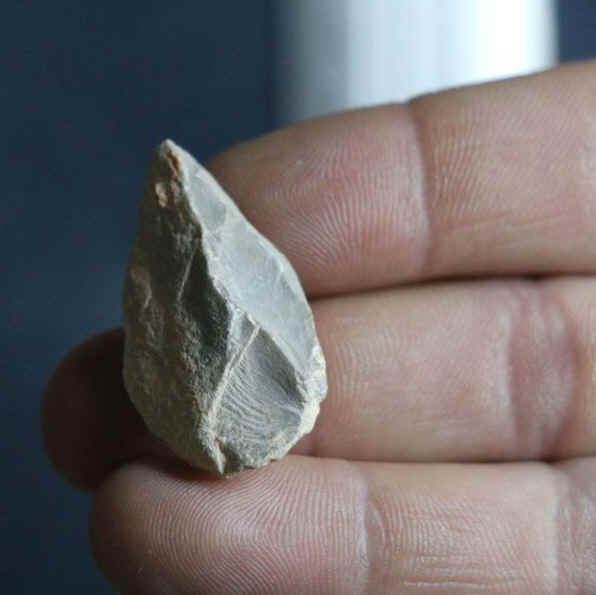 Surprisingly
old stone points found in a Mexican cave are the latest intriguing
discovery among many to raise questions about when humans really
arrived in the Americas.
Surprisingly
old stone points found in a Mexican cave are the latest intriguing
discovery among many to raise questions about when humans really
arrived in the Americas.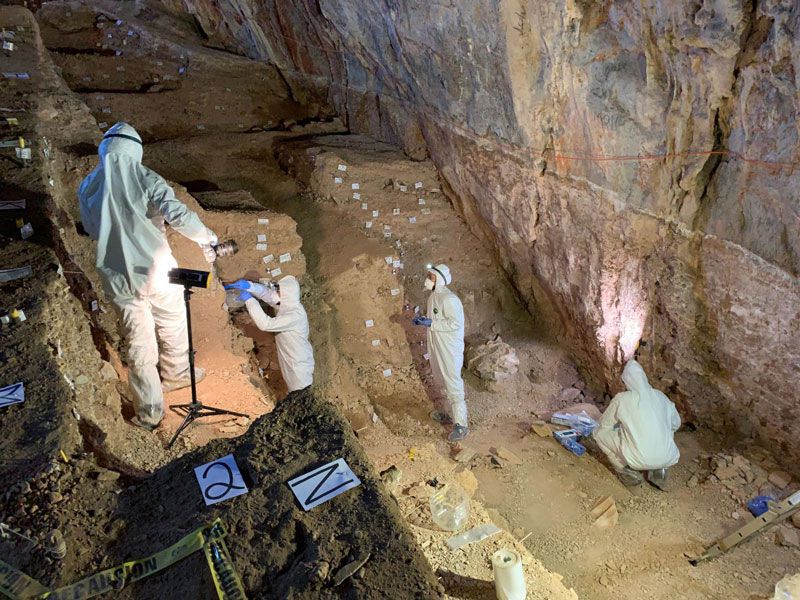
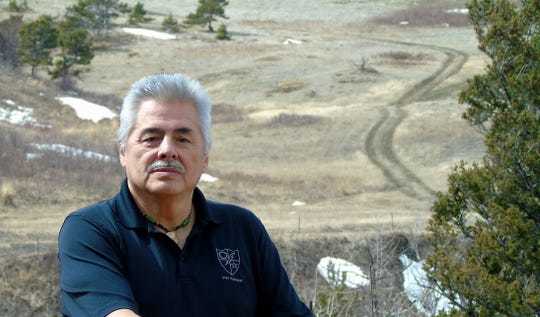
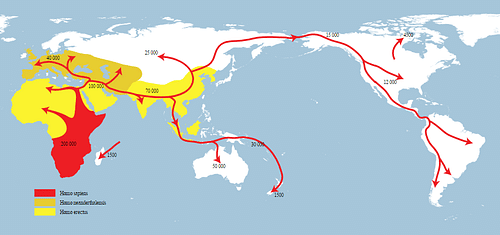
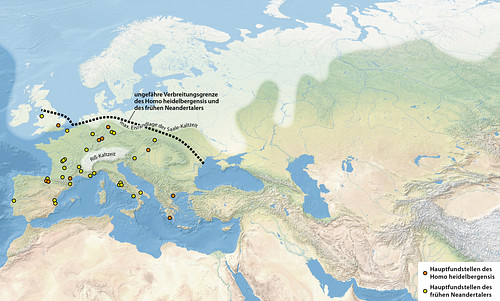
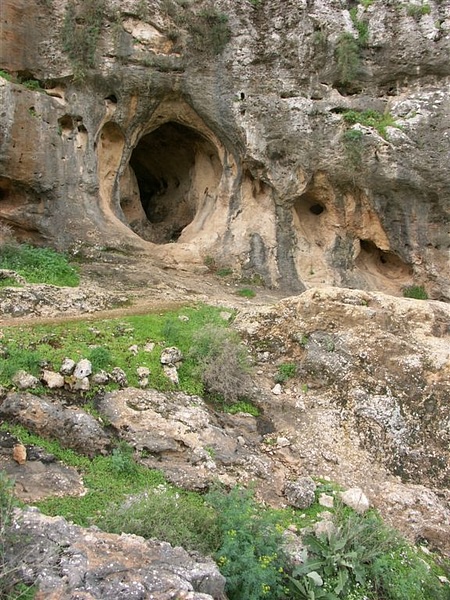
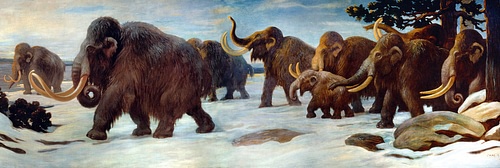
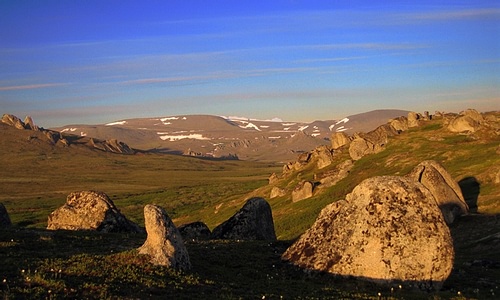
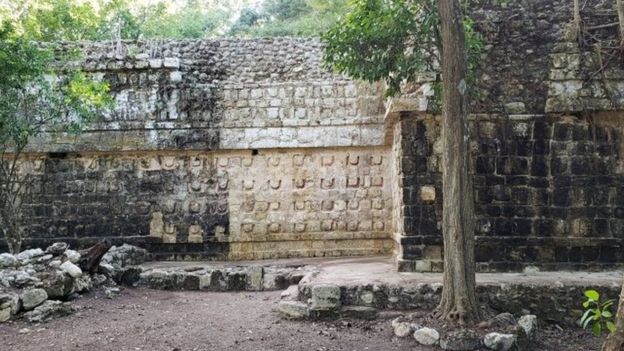
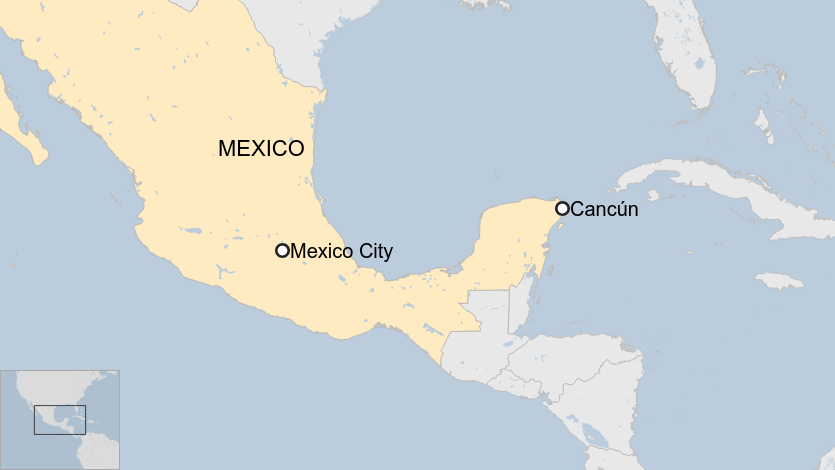
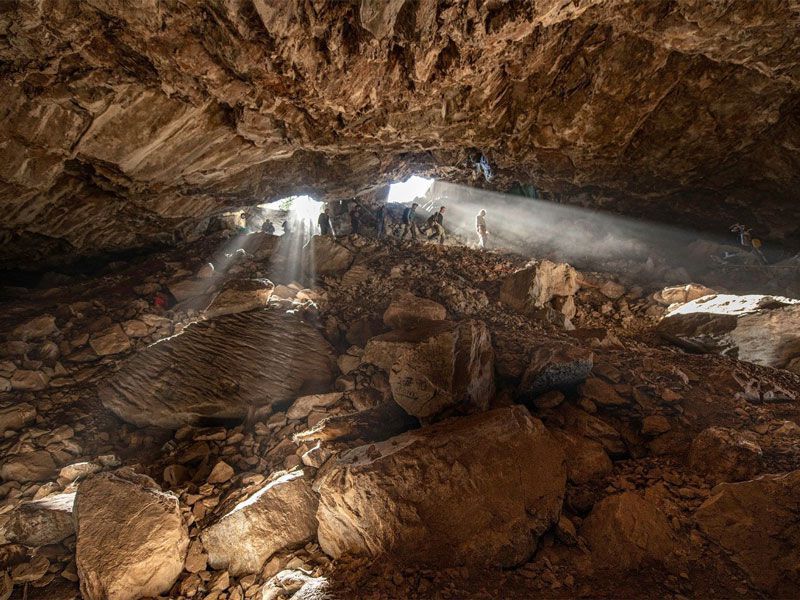

 Véanse
también: Invasiones germánicas en la península ibérica y Reino
visigodo de Tolosa.
Véanse
también: Invasiones germánicas en la península ibérica y Reino
visigodo de Tolosa.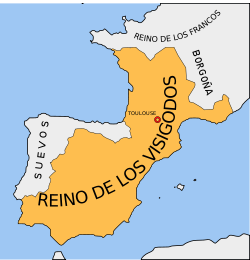 Los
visigodos no controlaban toda la península ibérica. En la parte noroeste
estaba el reino de los suevos. Toda la cornisa cantábrica desde la
cordillera hasta el mar, zona poco romanizada, estaba dominada por astures,
cántabros y vascones. La monarquía visigoda conoció un momento de
debilidad durante el siglo VI. Al menos dos reyes son asesinados
sucesivamente, Teudiselo y Agila I, y en distintas zonas de la península
se producen sublevaciones de terratenientes contra la autoridad real (Córdoba,
Sevilla y Mérida, estas dos últimas capitales del reino).
Los
visigodos no controlaban toda la península ibérica. En la parte noroeste
estaba el reino de los suevos. Toda la cornisa cantábrica desde la
cordillera hasta el mar, zona poco romanizada, estaba dominada por astures,
cántabros y vascones. La monarquía visigoda conoció un momento de
debilidad durante el siglo VI. Al menos dos reyes son asesinados
sucesivamente, Teudiselo y Agila I, y en distintas zonas de la península
se producen sublevaciones de terratenientes contra la autoridad real (Córdoba,
Sevilla y Mérida, estas dos últimas capitales del reino).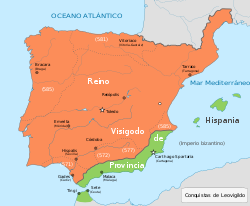 Al
final del reinado de Teudis se trasladó la capital a Toledo y con
Atanagildo se consolidó dicho traslado. Gracias a la decidida acción
política de Leovigildo (573-586) se produjo en la segunda mitad del siglo
VI un fortalecimiento de la monarquía, con logros en diversos campos.
Consiguió cierto nivel de estabilidad de la monarquía con reformas
monetarias, restableciendo el control soberano sobre territorios que se
habían declarado independientes en la segunda mitad del siglo VI, la
conquista del reino suevo, así como contra las instalaciones bizantinas,
muchas de las cuales pasaron de nuevo a manos visigodas.
Al
final del reinado de Teudis se trasladó la capital a Toledo y con
Atanagildo se consolidó dicho traslado. Gracias a la decidida acción
política de Leovigildo (573-586) se produjo en la segunda mitad del siglo
VI un fortalecimiento de la monarquía, con logros en diversos campos.
Consiguió cierto nivel de estabilidad de la monarquía con reformas
monetarias, restableciendo el control soberano sobre territorios que se
habían declarado independientes en la segunda mitad del siglo VI, la
conquista del reino suevo, así como contra las instalaciones bizantinas,
muchas de las cuales pasaron de nuevo a manos visigodas.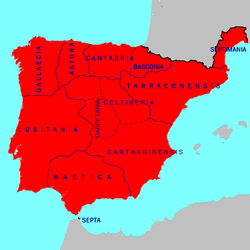 La
relativa paz que se respiraba con Leovigildo y Recaredo, se ve truncada
nuevamente. Se suceden Liuva II, Witerico, Gundemaro y Recaredo II y de
ellos, el que no es asesinado, incluso siendo menor de edad, muere en
extrañas circunstancias. Únicamente Suintila (621-631), gran general,
termina por expulsar a los bizantinos en el 620.
La
relativa paz que se respiraba con Leovigildo y Recaredo, se ve truncada
nuevamente. Se suceden Liuva II, Witerico, Gundemaro y Recaredo II y de
ellos, el que no es asesinado, incluso siendo menor de edad, muere en
extrañas circunstancias. Únicamente Suintila (621-631), gran general,
termina por expulsar a los bizantinos en el 620. E.
A. Thompson afirma en su obra fundamental Los godos en Hispania (1969) que
«la única fuente continua de información sobre los reinados de los
reyes de la península ibérica desde Gesaleico a Liuva I (507-568) es la
Historia de los reyes de los godos, vándalos y suevos de San Isidoro de
Sevilla».
E.
A. Thompson afirma en su obra fundamental Los godos en Hispania (1969) que
«la única fuente continua de información sobre los reinados de los
reyes de la península ibérica desde Gesaleico a Liuva I (507-568) es la
Historia de los reyes de los godos, vándalos y suevos de San Isidoro de
Sevilla».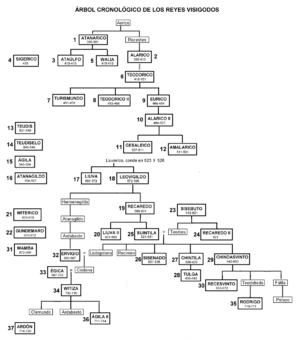 El
rey era el jefe supremo de la comunidad. La institución monárquica
llevaba largo tiempo afianzada en el pueblo visigodo cuando este llegó a
la Península. Los reyes debían ser de condición noble y accedían al
trono mediante un sistema electivo en el que intervenían los obispos y
los magnates palatinos. Pero con ese sistema sólo fueron entronizados
tres reyes (Chintila, Wamba y Rodrigo). La asociación al trono era, en la
práctica, la forma más común, junto con las usurpaciones, de tomar el
poder. El monarca estaba ungido por Dios y a este debía su legitimidad;
la realeza poseía así un carácter sagrado, que se supone debía de
disuadir cualquier intento de atentar contra el rey. Pero eso no bastaba y
los asesinatos de monarcas, rebeliones, conjuras y usurpaciones eran
moneda de cambio en el reino visigodo.
El
rey era el jefe supremo de la comunidad. La institución monárquica
llevaba largo tiempo afianzada en el pueblo visigodo cuando este llegó a
la Península. Los reyes debían ser de condición noble y accedían al
trono mediante un sistema electivo en el que intervenían los obispos y
los magnates palatinos. Pero con ese sistema sólo fueron entronizados
tres reyes (Chintila, Wamba y Rodrigo). La asociación al trono era, en la
práctica, la forma más común, junto con las usurpaciones, de tomar el
poder. El monarca estaba ungido por Dios y a este debía su legitimidad;
la realeza poseía así un carácter sagrado, que se supone debía de
disuadir cualquier intento de atentar contra el rey. Pero eso no bastaba y
los asesinatos de monarcas, rebeliones, conjuras y usurpaciones eran
moneda de cambio en el reino visigodo. El
Tesoro Regio lo constituían las grandes cantidades de oro, plata y joyas
que los visigodos habían conseguido con los saqueos a lo largo de su
historia. El encargado de su custodia era el comes thesauri y pasó por
diversas vicisitudes. Tras la derrota de Alarico II en la batalla de
Vouillé en el 507, el tesoro pasó a Rávena bajo custodia de los
ostrogodos y fue reinstaurado en el 526 tras la muerte del rey ostrogodo
Teodorico el Grande.
El
Tesoro Regio lo constituían las grandes cantidades de oro, plata y joyas
que los visigodos habían conseguido con los saqueos a lo largo de su
historia. El encargado de su custodia era el comes thesauri y pasó por
diversas vicisitudes. Tras la derrota de Alarico II en la batalla de
Vouillé en el 507, el tesoro pasó a Rávena bajo custodia de los
ostrogodos y fue reinstaurado en el 526 tras la muerte del rey ostrogodo
Teodorico el Grande.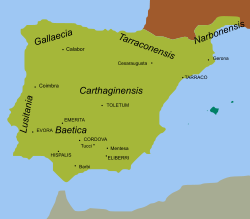 Los
impuestos en el reino visigodo no es una cuestión clara. Se sabe que los
pequeños propietarios y los siervos que cultivaban las tierras reales
pagaban un tributo. Parece que también existió un impuesto al clero,
pero no tuvo continuidad en el tiempo. Los judíos fueron sometidos a un
impuesto especial. Obispos y numerarii establecían el cambio de dinero a
especie y funcionarios de la administración central se encargaban de su
recaudación; al frente de la organización fiscal se encontraba el conde
del patrimonio.
Los
impuestos en el reino visigodo no es una cuestión clara. Se sabe que los
pequeños propietarios y los siervos que cultivaban las tierras reales
pagaban un tributo. Parece que también existió un impuesto al clero,
pero no tuvo continuidad en el tiempo. Los judíos fueron sometidos a un
impuesto especial. Obispos y numerarii establecían el cambio de dinero a
especie y funcionarios de la administración central se encargaban de su
recaudación; al frente de la organización fiscal se encontraba el conde
del patrimonio. Para
conocimiento de la geografía eclesiástica visigótica pueden utilizarse
varias fuentes como la Hitación de Wamba7 de finales del siglo VII, las
signaturas de prelados en las actas de los Concilios de Toledo, las obras
de Idacio o de Isidoro de Sevilla y las llamadas Nomina sedium
episcoplaium estudiadas por Claudio Sánchez Albornoz.8
Para
conocimiento de la geografía eclesiástica visigótica pueden utilizarse
varias fuentes como la Hitación de Wamba7 de finales del siglo VII, las
signaturas de prelados en las actas de los Concilios de Toledo, las obras
de Idacio o de Isidoro de Sevilla y las llamadas Nomina sedium
episcoplaium estudiadas por Claudio Sánchez Albornoz.8 Para
los visigodos en la península ibérica la lengua no era un factor
distintivo entre ellos y los hispanorromanos (que vivían en el territorio
antes de su llegada); ambos grupos hablaban la misma lengua, el latín
vulgar. A pesar de eso, la lengua gótica original y otros aspectos de la
cultura de los visigodos tuvieron un impacto lingüístico sobre algunos
aspectos del castellano en la actualidad. En otras palabras, hay reflejos
lingüísticos del contacto social entre los romanos y los visigodos en la
lengua española hoy en día.
Para
los visigodos en la península ibérica la lengua no era un factor
distintivo entre ellos y los hispanorromanos (que vivían en el territorio
antes de su llegada); ambos grupos hablaban la misma lengua, el latín
vulgar. A pesar de eso, la lengua gótica original y otros aspectos de la
cultura de los visigodos tuvieron un impacto lingüístico sobre algunos
aspectos del castellano en la actualidad. En otras palabras, hay reflejos
lingüísticos del contacto social entre los romanos y los visigodos en la
lengua española hoy en día. 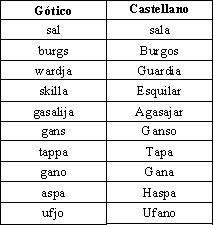 También
los hispanorromanos tomaron palabras de los góticos para conceptos que ya
conocían y los adaptaban a su lengua vernácula; por ejemplo, la palabra
jabón se deriva de una palabra gótico: saipo → sapone →
jabón. Los visigodos introducían un concepto para los hispanorromanos
(en este caso, el concepto nuevo de jabón) y adaptaban la palabra gótica
original (de saipo) para que fuera más fácil de pronunciar y más
parecido a una lengua romance.
También
los hispanorromanos tomaron palabras de los góticos para conceptos que ya
conocían y los adaptaban a su lengua vernácula; por ejemplo, la palabra
jabón se deriva de una palabra gótico: saipo → sapone →
jabón. Los visigodos introducían un concepto para los hispanorromanos
(en este caso, el concepto nuevo de jabón) y adaptaban la palabra gótica
original (de saipo) para que fuera más fácil de pronunciar y más
parecido a una lengua romance.

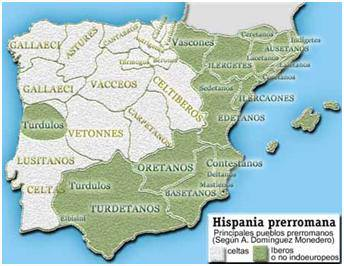


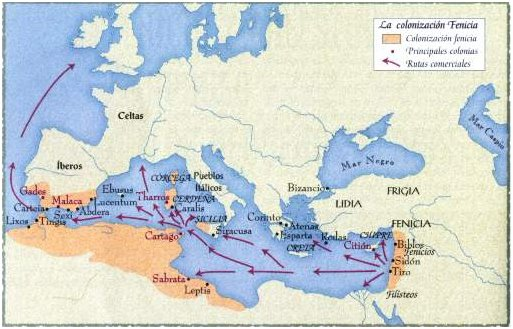
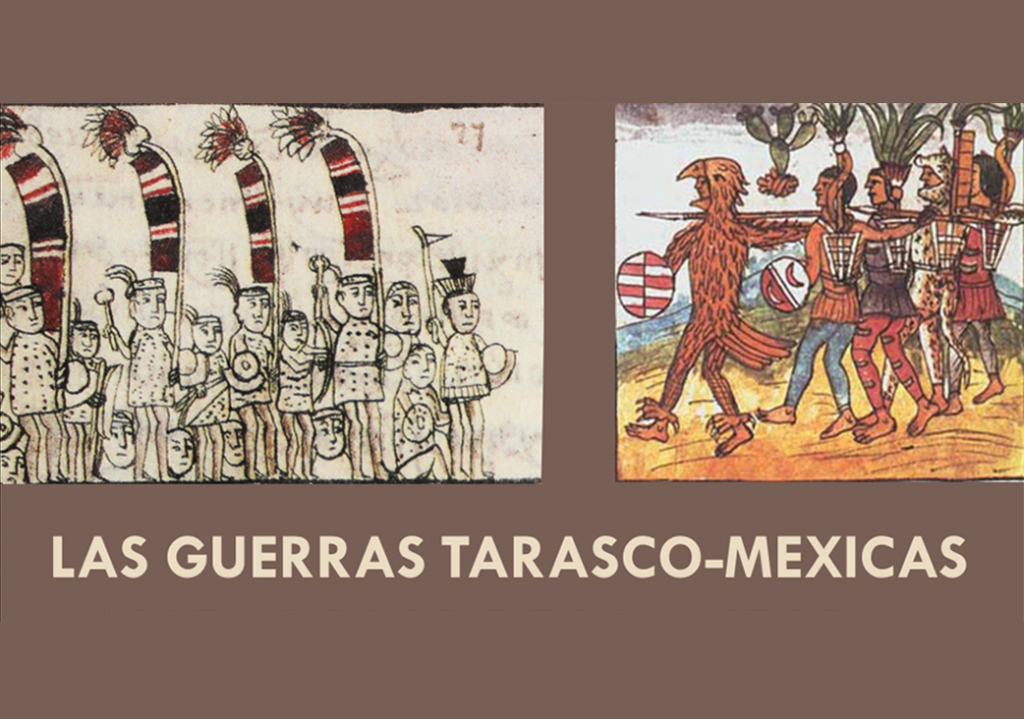
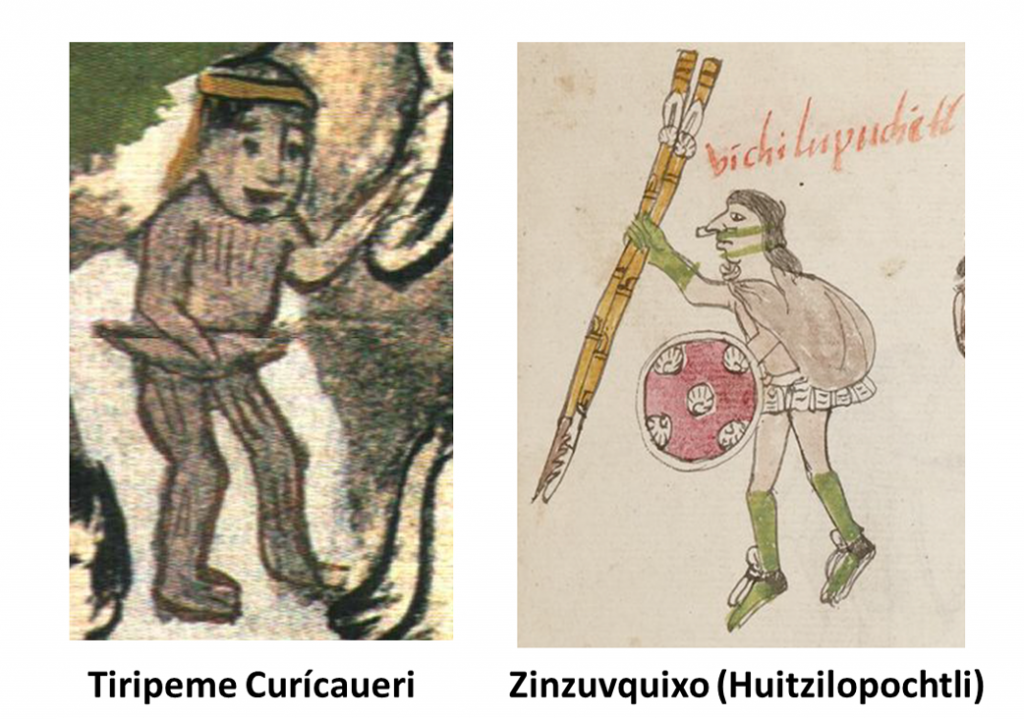
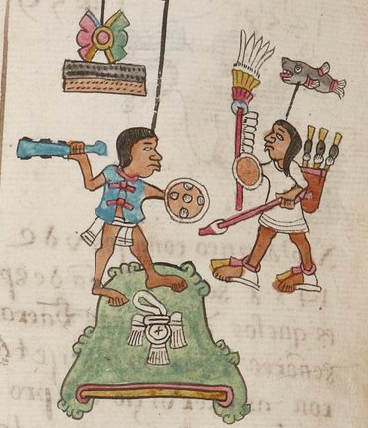
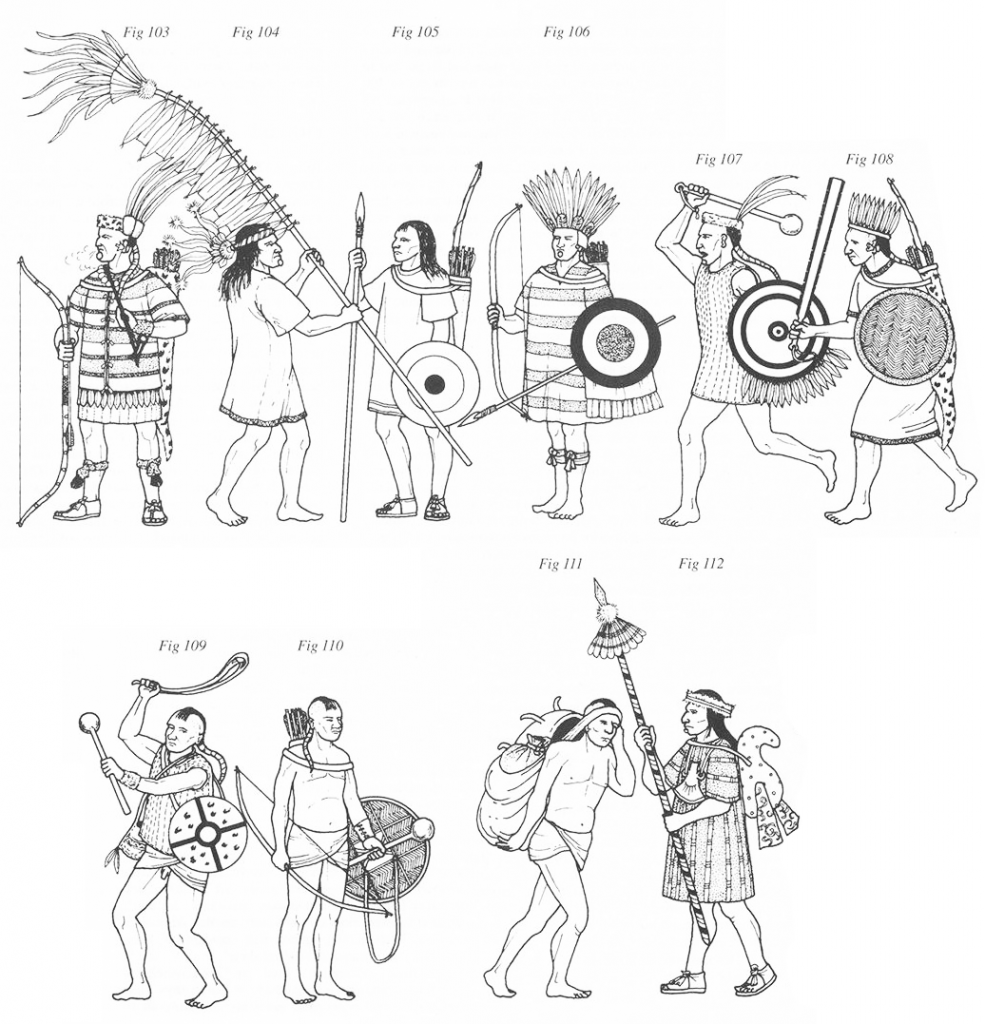
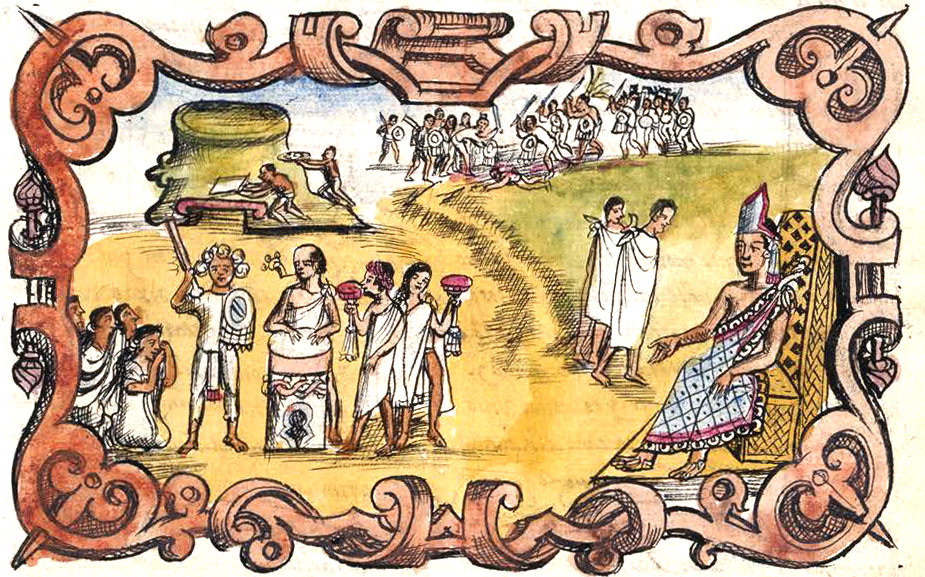
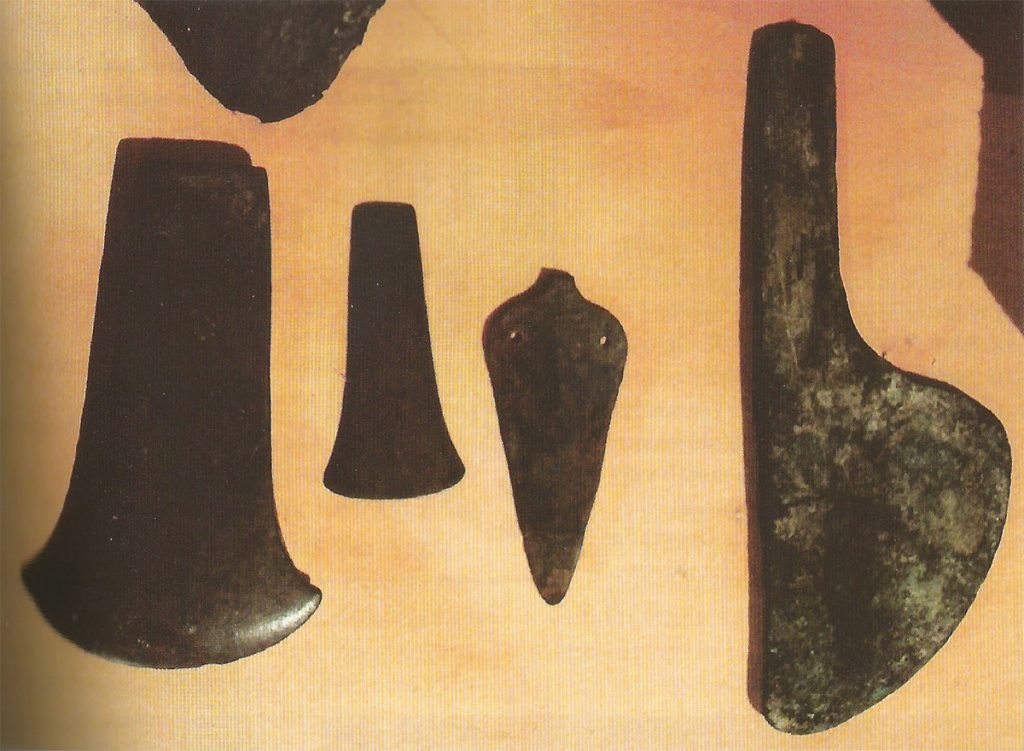

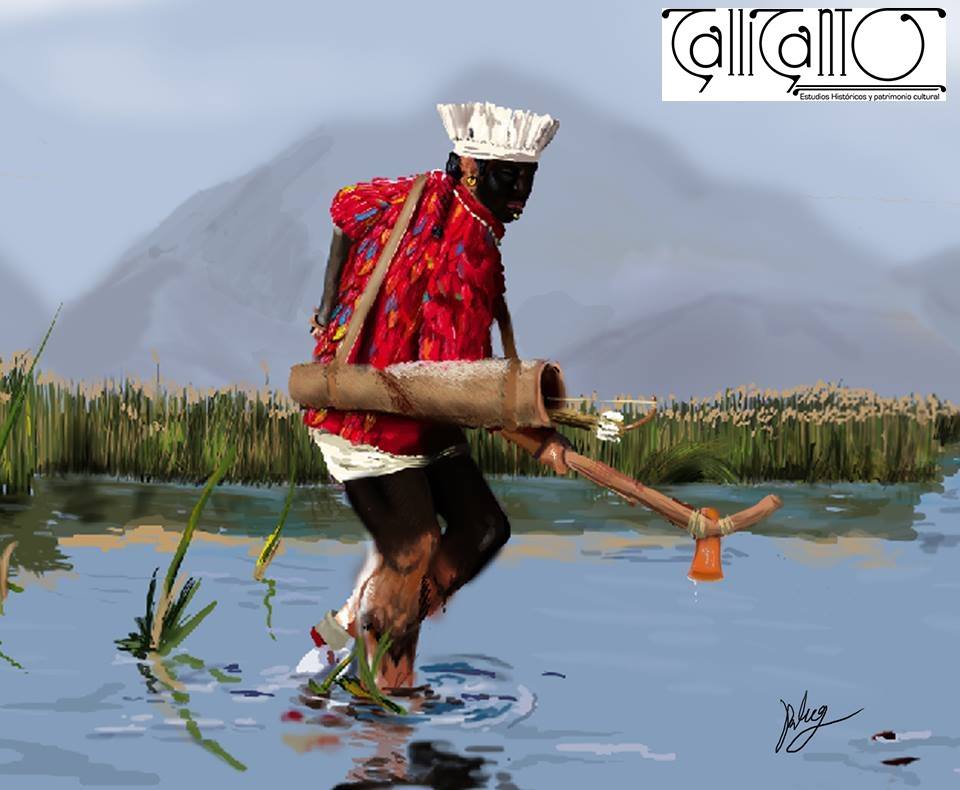


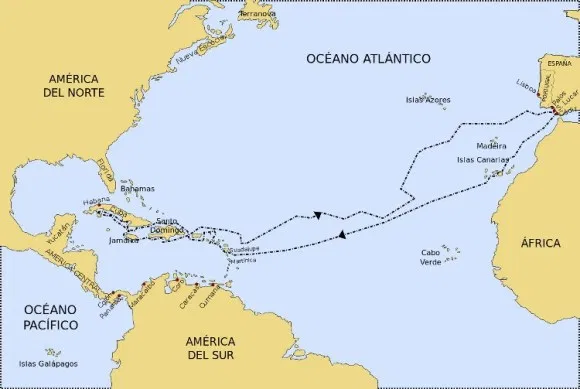



 Puede
que existan las casualidades o puede que quienes aseguran que Cristóbal
Colón nació en la ría de Pontevedra estén en lo cierto.Quienes
defienden esta segunda opción han encontrado un nuevo documento con el
que suman otro aval a su reivindicación, cada vez más respaldada desde
instituciones oficiales. El Ayuntamiento de Poio en el que se
encuentra el lugar de Porto Santo, la posible cuna del navegante
acaba de recibir una copia de un valioso documento notarial de la venta
de una finca propiedad del Duque de Veragua, descendiente del
descubridor. El trato se produjo en 1796 y su entonces dueño afirmaba
que la casa, conocida como «A Puntada», le pertenecía«por herencia»
de sus padres.
Puede
que existan las casualidades o puede que quienes aseguran que Cristóbal
Colón nació en la ría de Pontevedra estén en lo cierto.Quienes
defienden esta segunda opción han encontrado un nuevo documento con el
que suman otro aval a su reivindicación, cada vez más respaldada desde
instituciones oficiales. El Ayuntamiento de Poio en el que se
encuentra el lugar de Porto Santo, la posible cuna del navegante
acaba de recibir una copia de un valioso documento notarial de la venta
de una finca propiedad del Duque de Veragua, descendiente del
descubridor. El trato se produjo en 1796 y su entonces dueño afirmaba
que la casa, conocida como «A Puntada», le pertenecía«por herencia»
de sus padres.  Colón,
cada vez más cerca de ser gallego
Colón,
cada vez más cerca de ser gallego




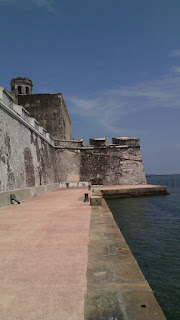
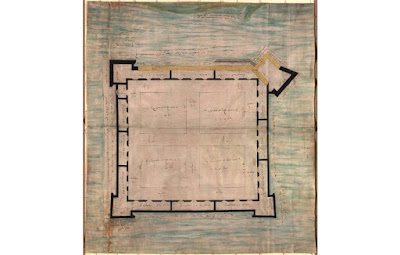
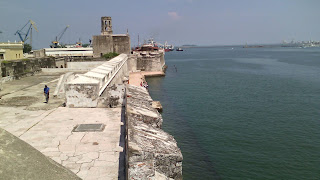
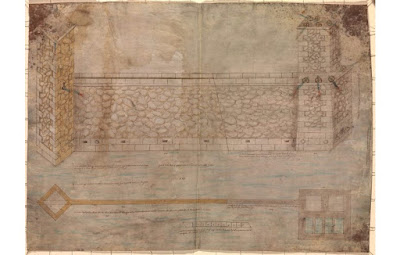

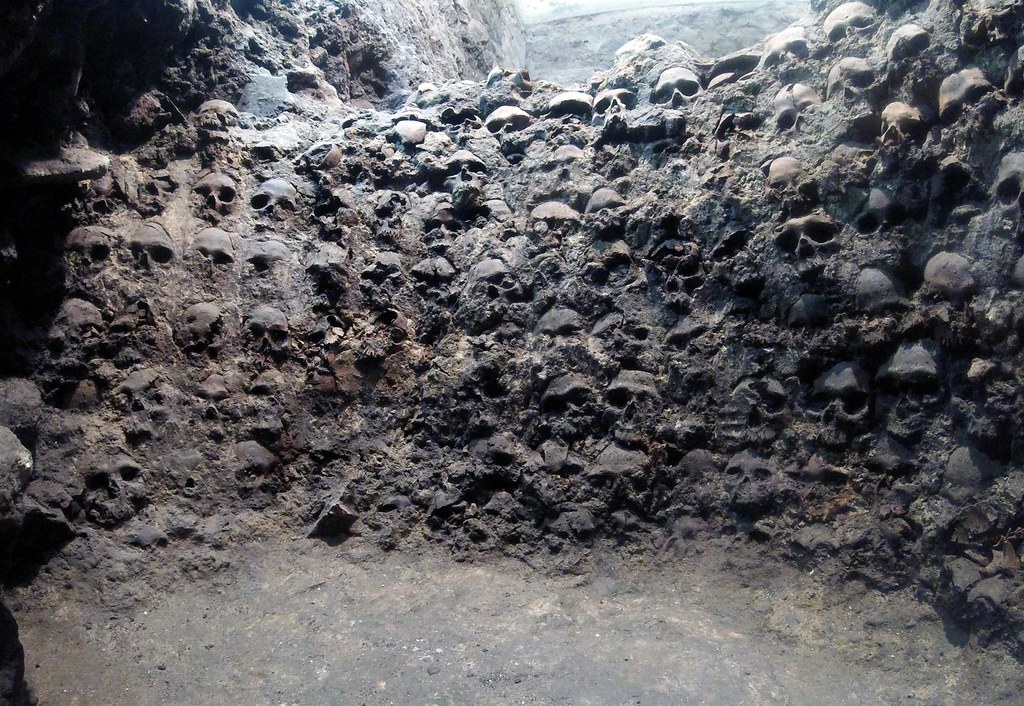

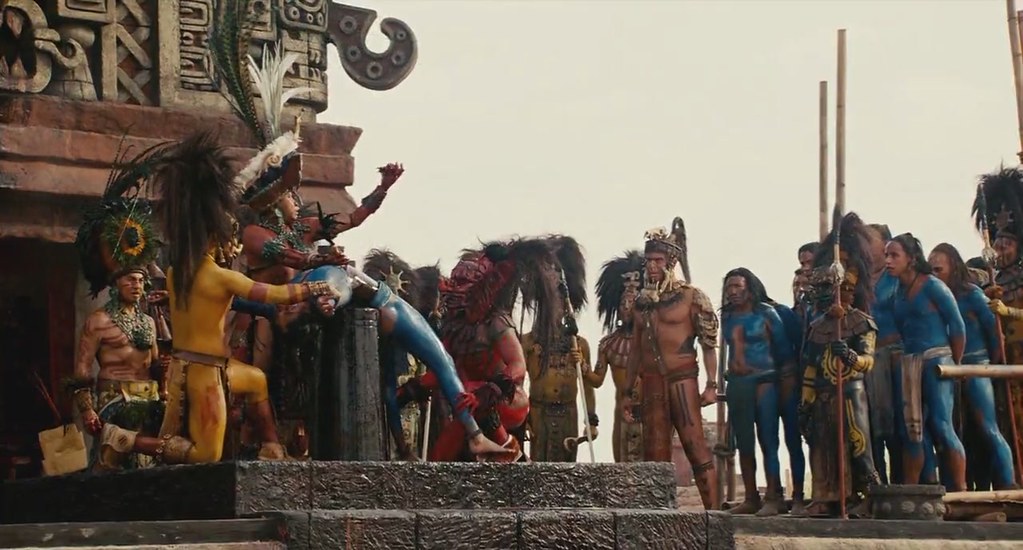
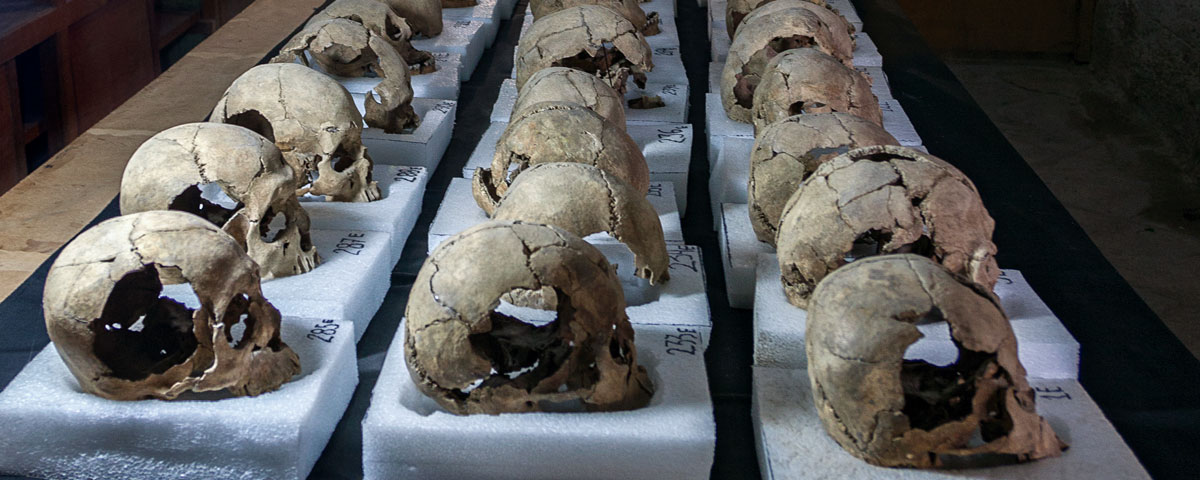
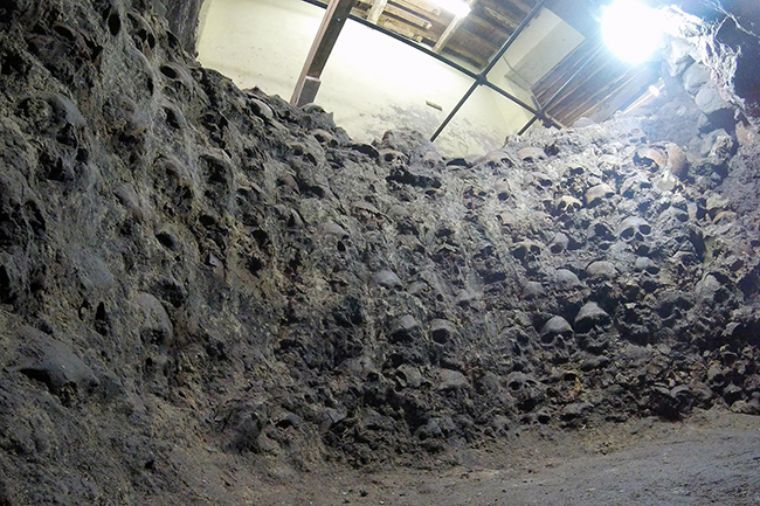
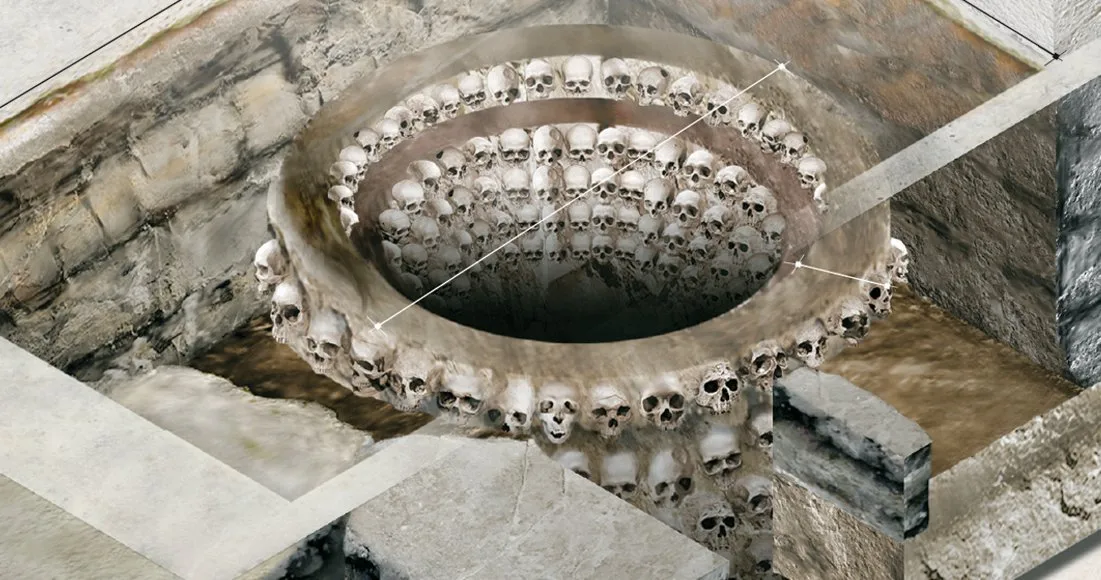

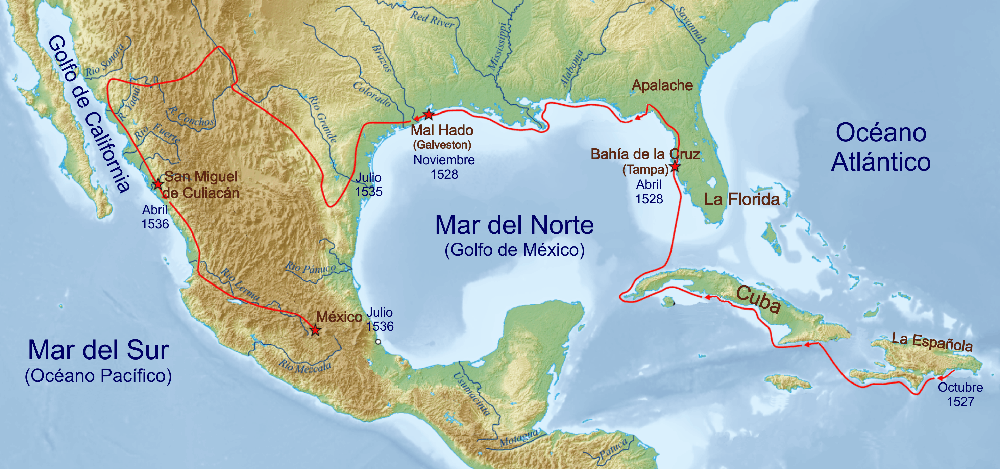



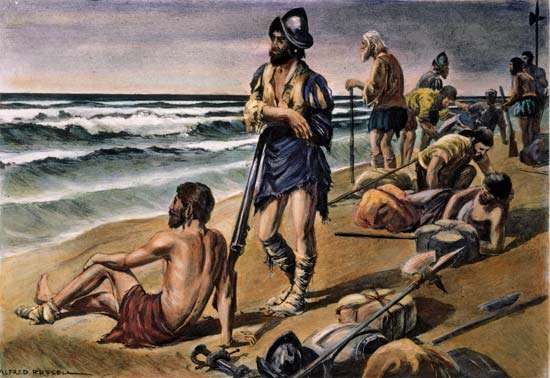
 El
español pasa a ejercer como comerciante, un mercader que negocia en
un territorio donde las tribus que lo habitan son enemigas a muerte.
En esa época contacta con Alonso del Castillo Maldonado, Andrés
Dorantes de Carranza y el negro Estebanico, compañeros de naufragio.
El
español pasa a ejercer como comerciante, un mercader que negocia en
un territorio donde las tribus que lo habitan son enemigas a muerte.
En esa época contacta con Alonso del Castillo Maldonado, Andrés
Dorantes de Carranza y el negro Estebanico, compañeros de naufragio. Núñez
Cabeza de Vaca y sus compañeros de viaje fueron los primeros europeos
que vieron un bisonte. Una vez en Nueva España, el actual México,
los cuatro exploradores llegan a entrevistarse con el gran Hernán
Cortés y parten para España en 1537.
Núñez
Cabeza de Vaca y sus compañeros de viaje fueron los primeros europeos
que vieron un bisonte. Una vez en Nueva España, el actual México,
los cuatro exploradores llegan a entrevistarse con el gran Hernán
Cortés y parten para España en 1537.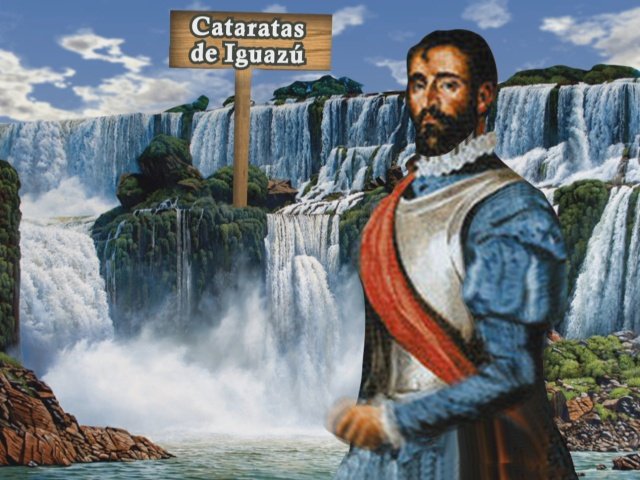 A
España llegó en el 1544. El Consejo de Indias le condenó al
destierro acusado de abusos de poder en la represión de aquellos que
realmente estaban incumpliendo la Ley de Indias. El Rey Nuestro Señor
Felipe II lo indultó y le concedió una pensión de 12.000
maravedíes.
A
España llegó en el 1544. El Consejo de Indias le condenó al
destierro acusado de abusos de poder en la represión de aquellos que
realmente estaban incumpliendo la Ley de Indias. El Rey Nuestro Señor
Felipe II lo indultó y le concedió una pensión de 12.000
maravedíes.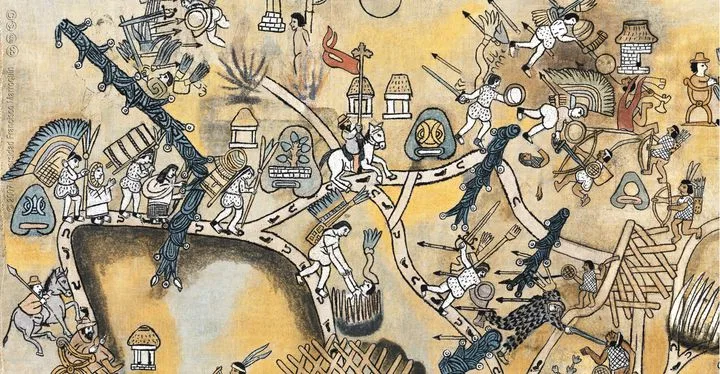
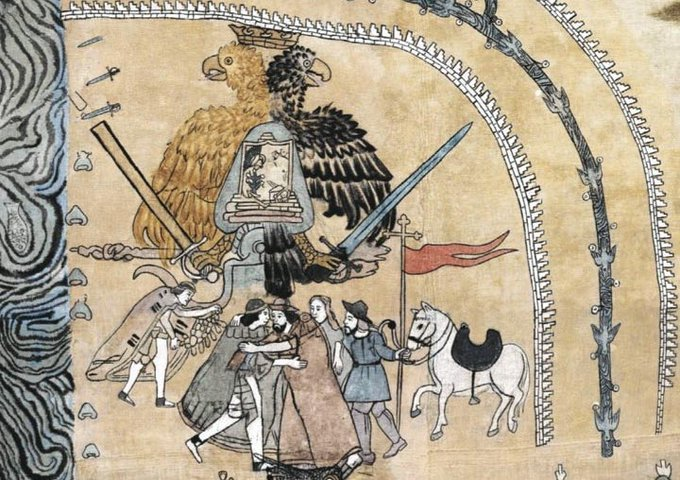









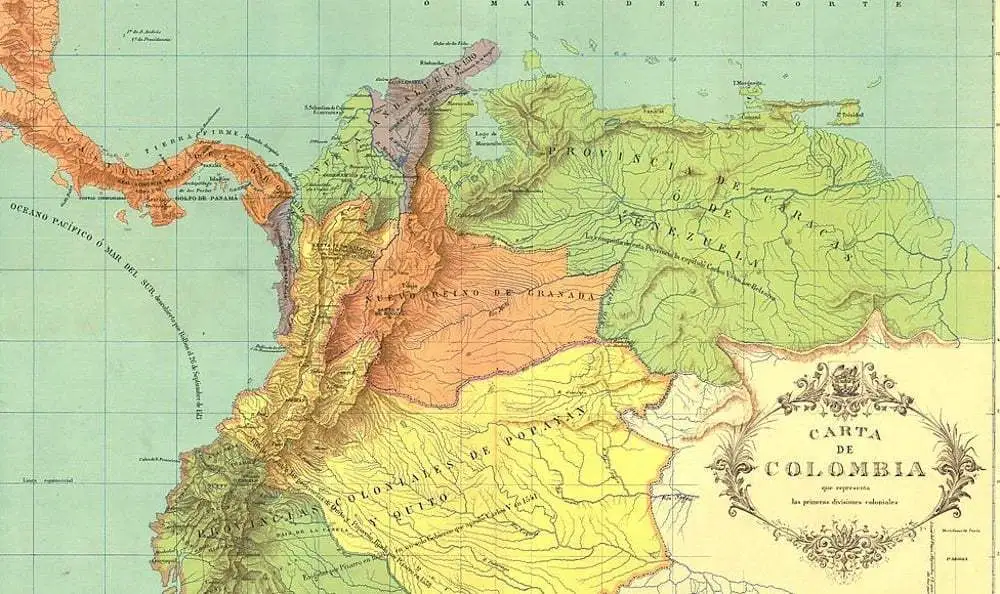
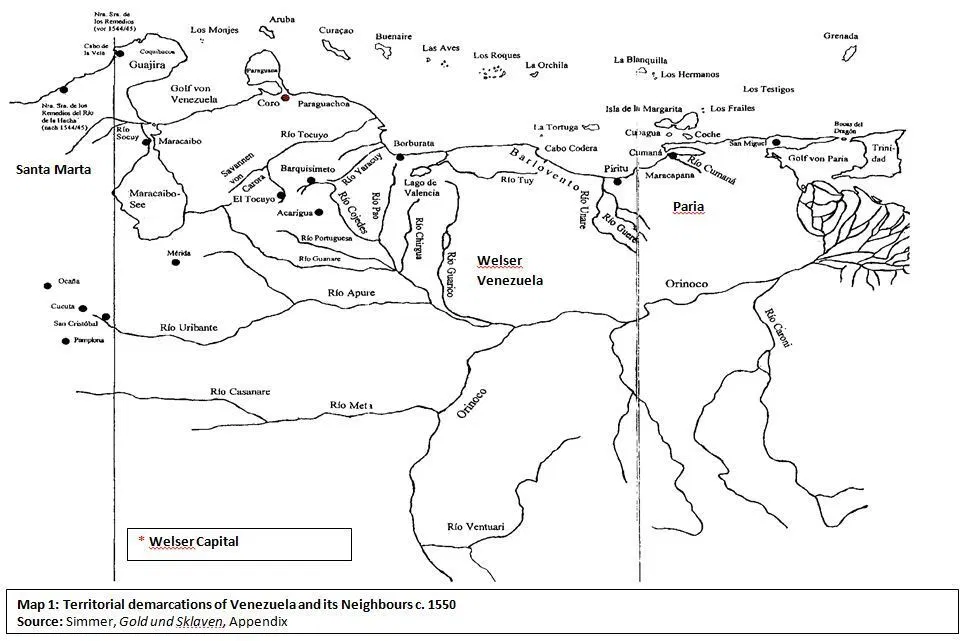
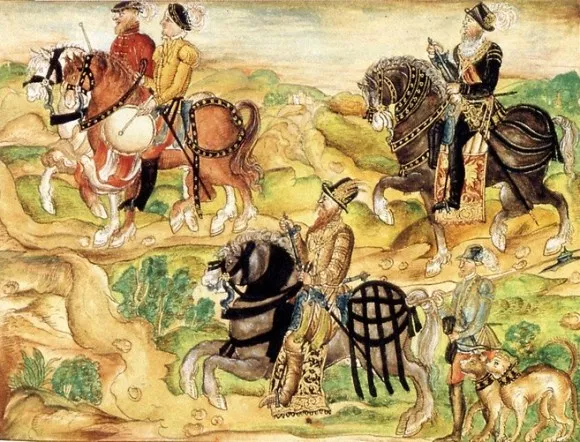

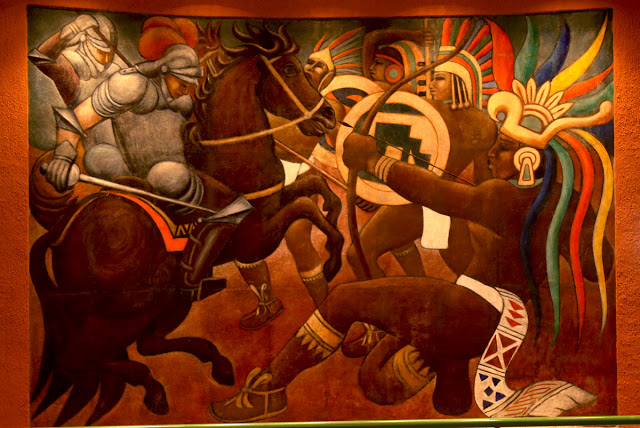



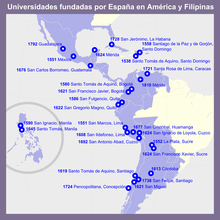

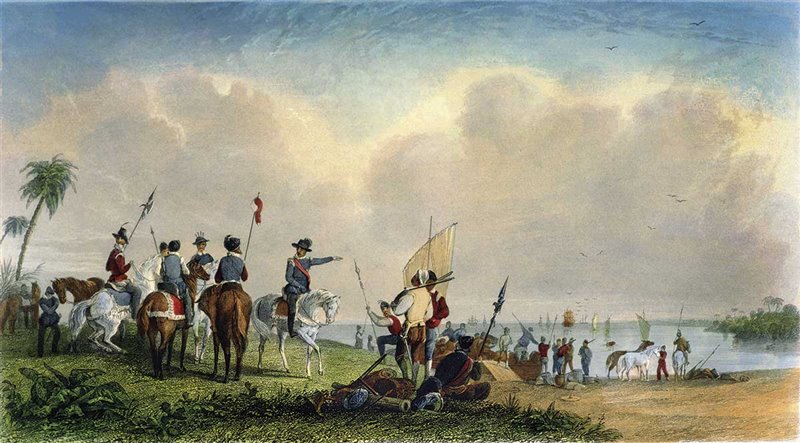
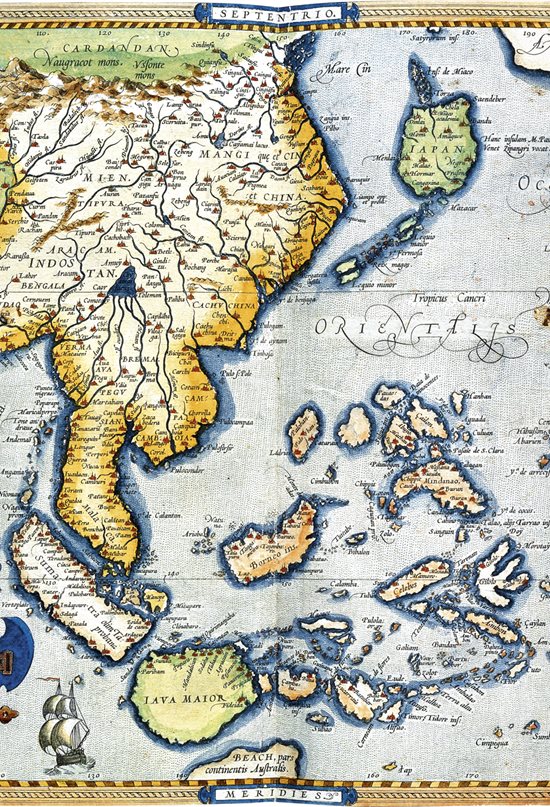
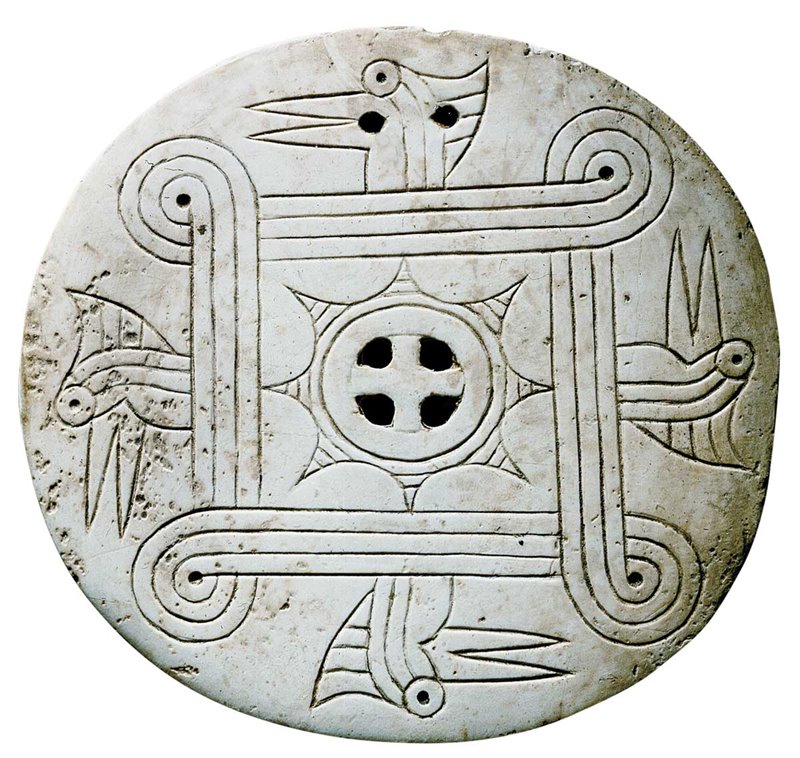
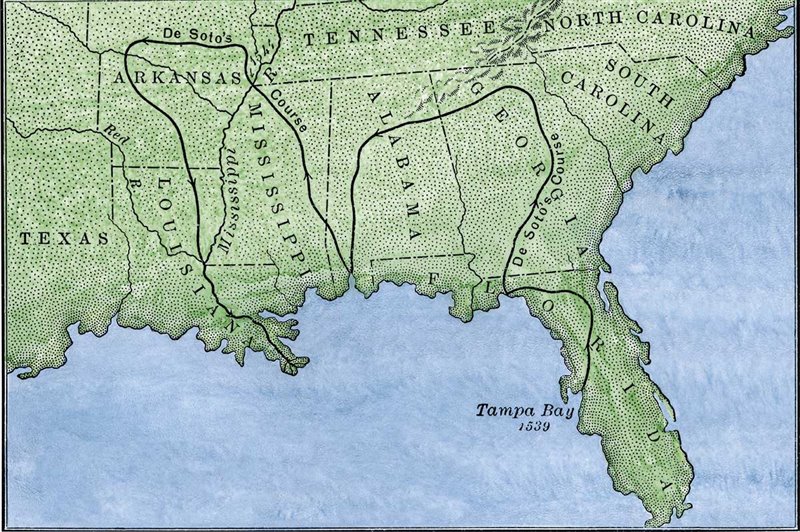
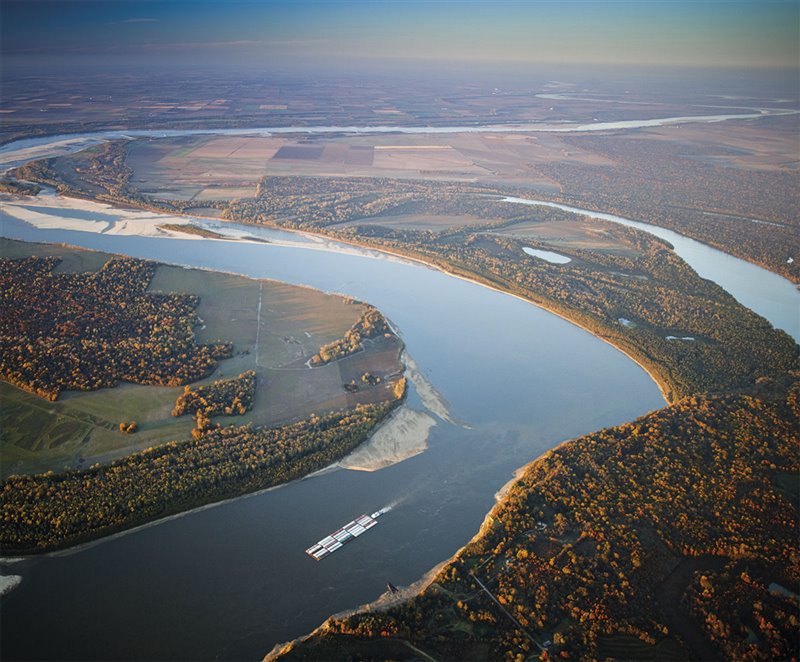


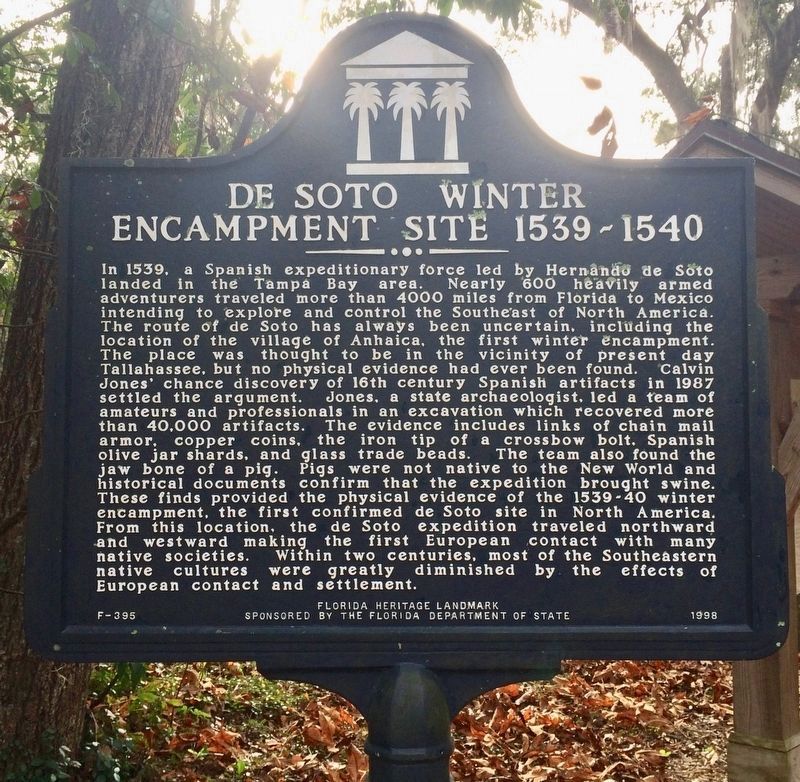
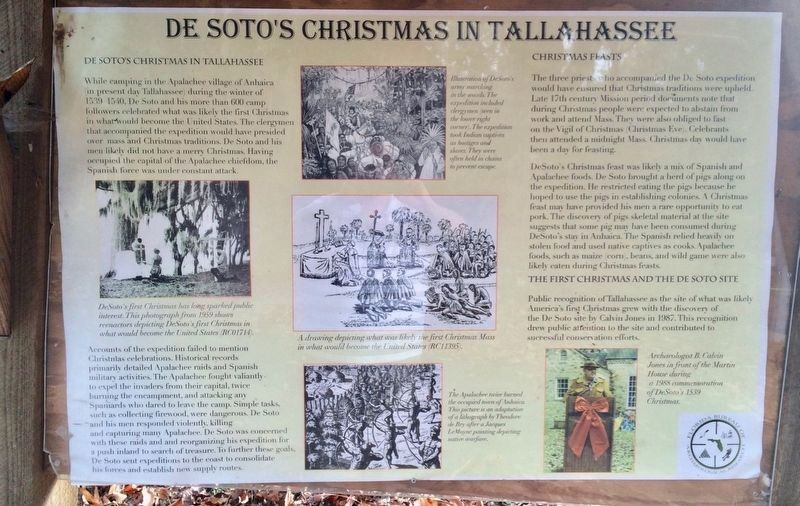




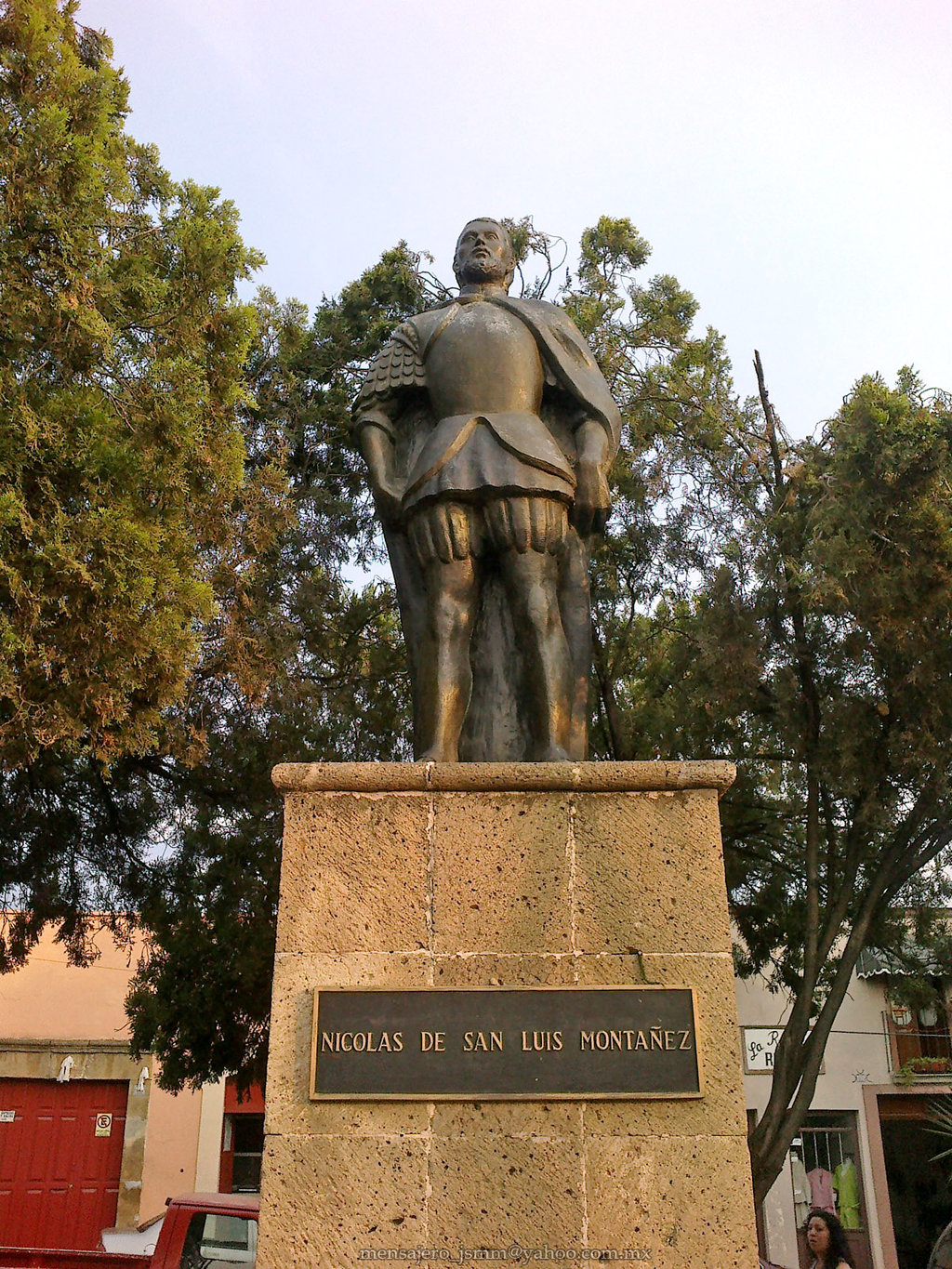


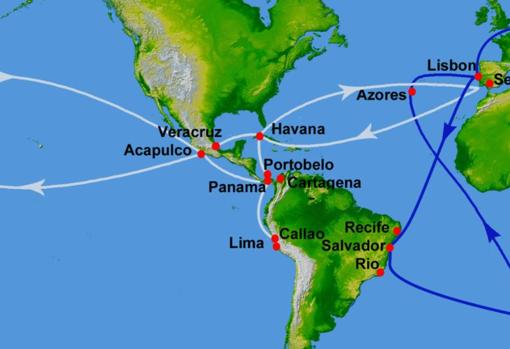
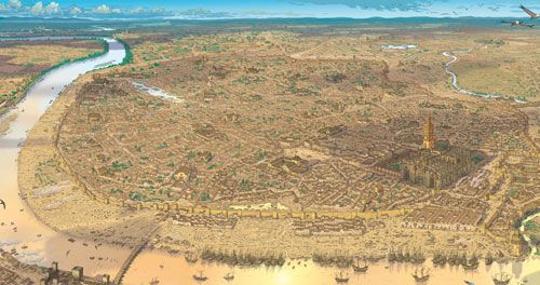










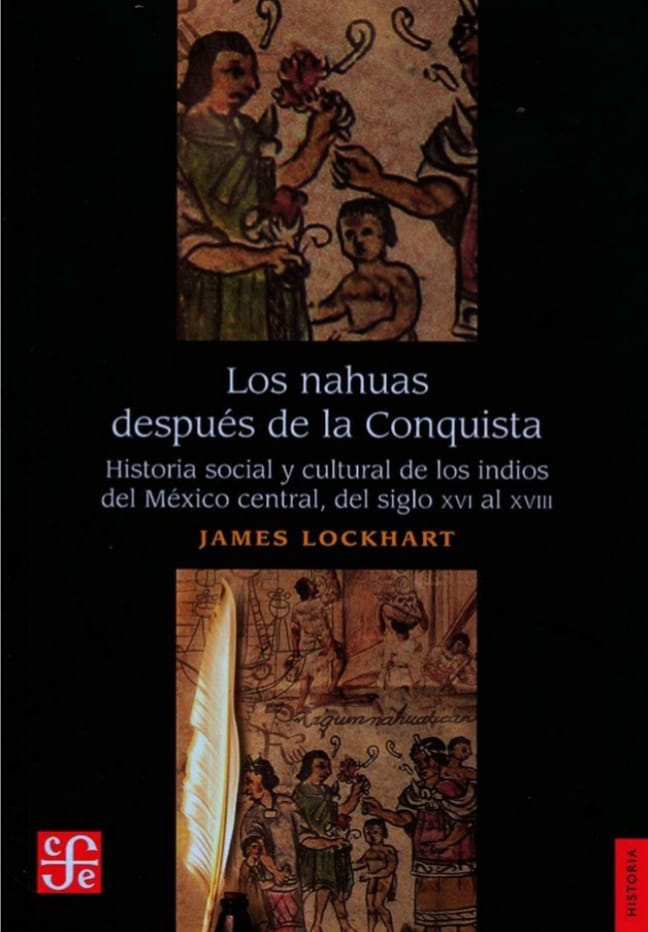


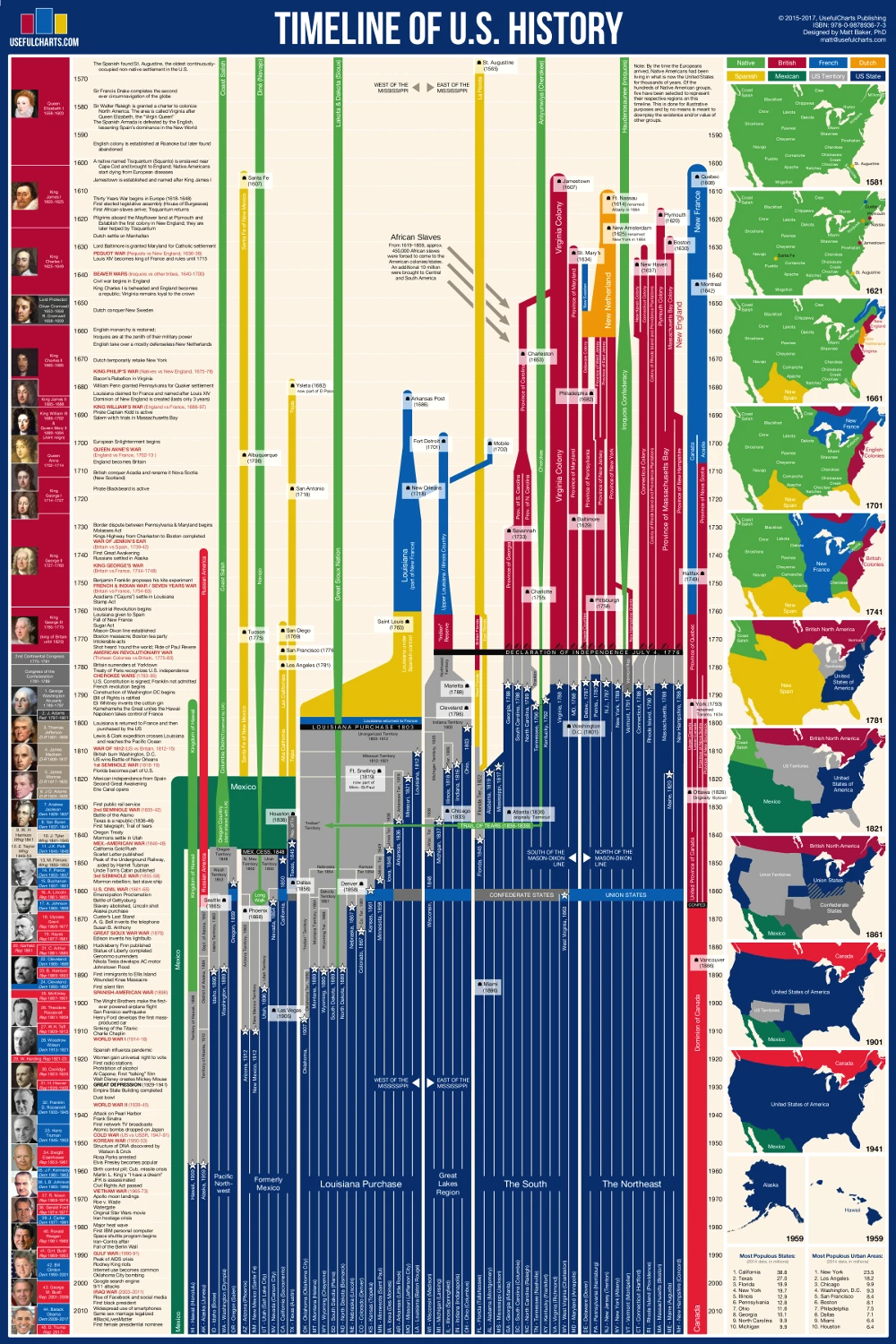


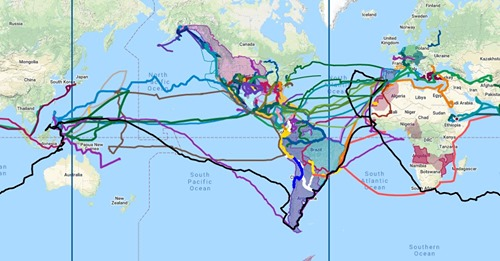
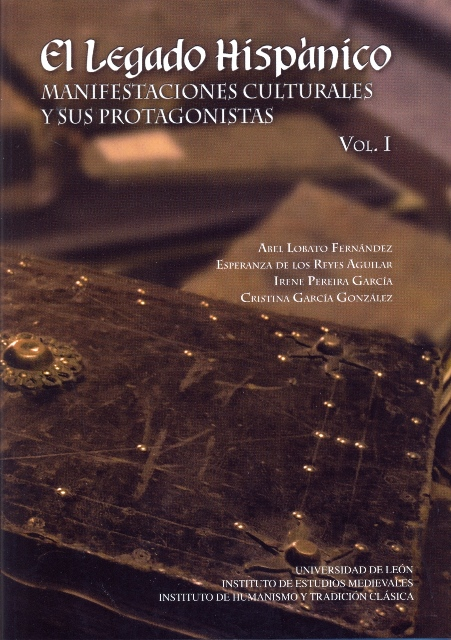
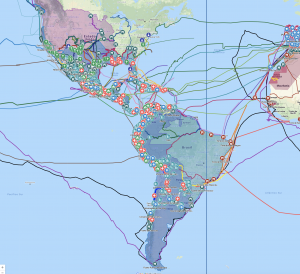
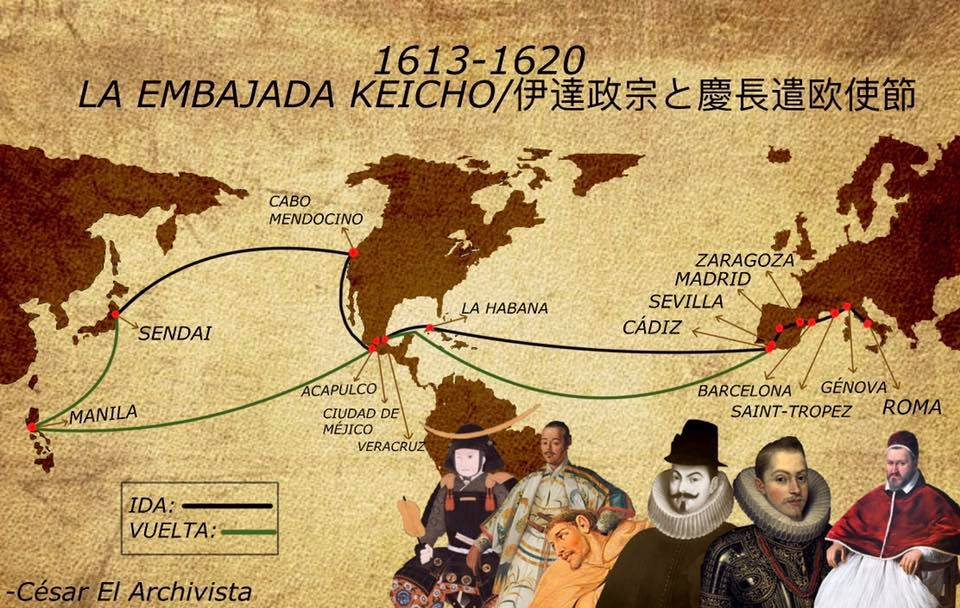
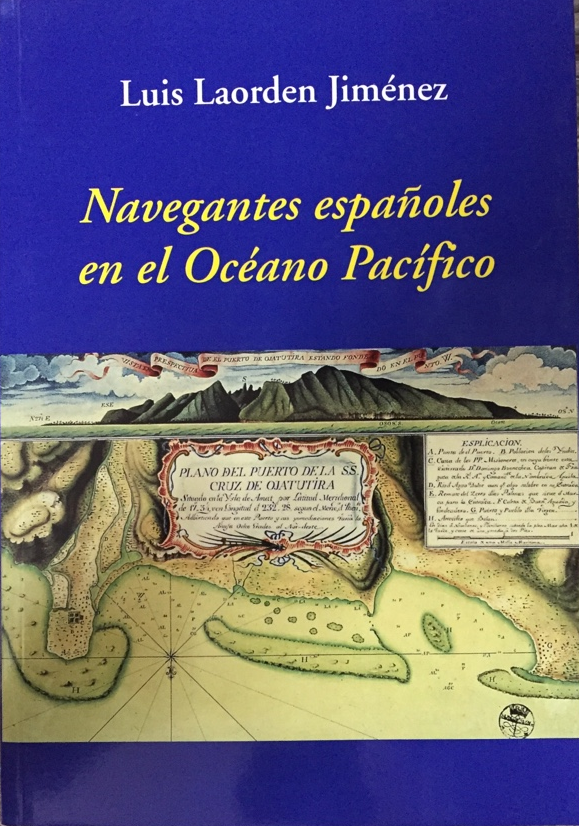
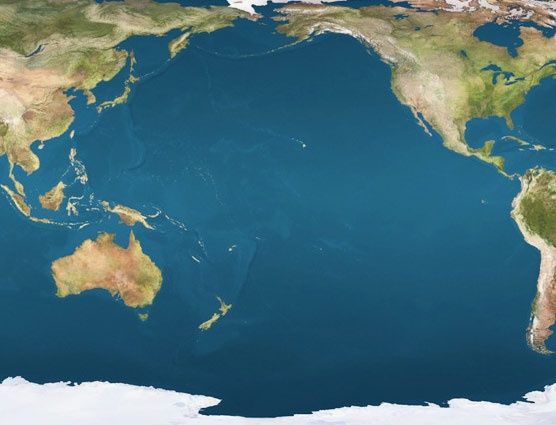
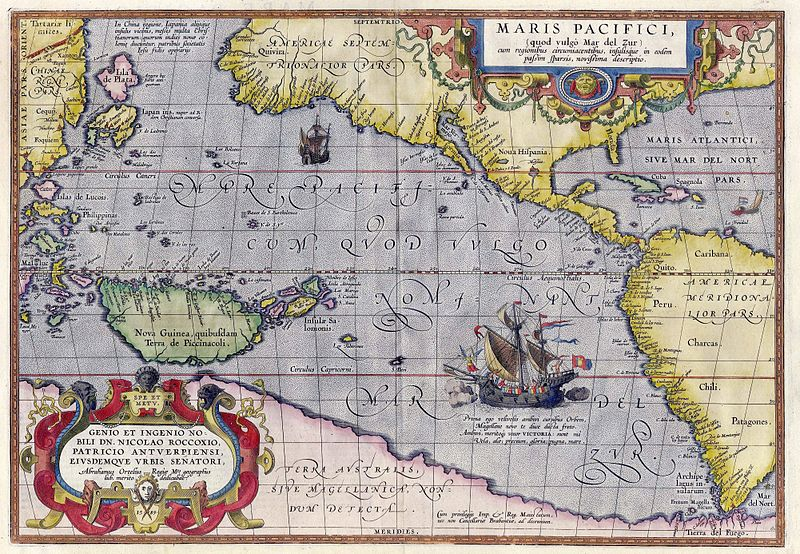
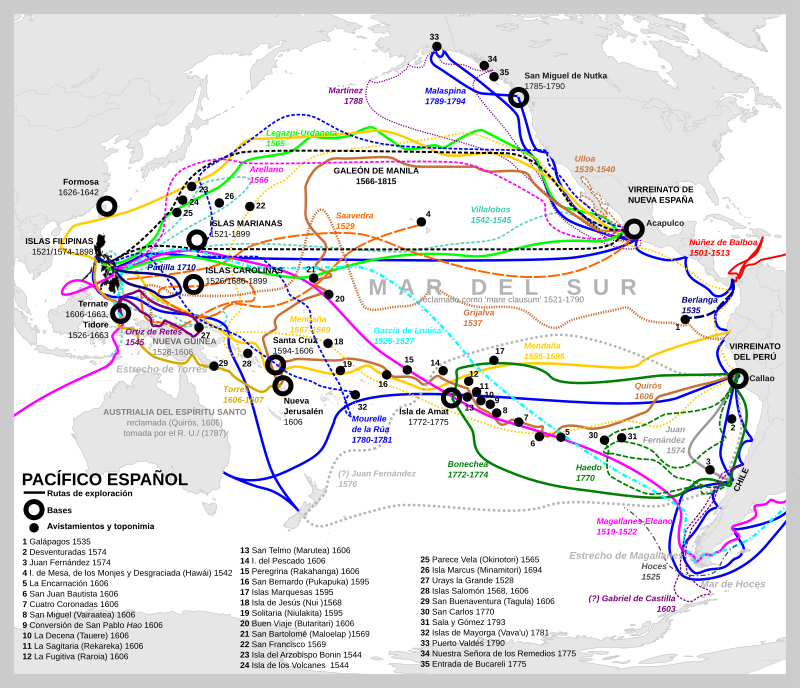

 (..)
Al día siguiente el de san Miguel según el calendario, aparece
en la playa, acompañado tan sólo por veintidós de sus compañeros,
para, como el santo, armado y ceñido el coselete, tomar posesión del
nuevo mar en una solemne ceremonia. No camina de inmediato hacia las
olas, sino que, como su dueño y señor, aguarda arrogante,
descansando bajo un árbol, a que la marea creciente empuje sus olas
hasta él y como un perro sumiso acaricie sus pies con la lengua.
Sólo entonces se levanta, se echa a la espalda el escudo, que refulge
al sol como un espejo, y, tomando en una mano la espada y en la otra
el pendón de Castilla con la imagen de la madre de Dios, avanza hacia
el agua.
(..)
Al día siguiente el de san Miguel según el calendario, aparece
en la playa, acompañado tan sólo por veintidós de sus compañeros,
para, como el santo, armado y ceñido el coselete, tomar posesión del
nuevo mar en una solemne ceremonia. No camina de inmediato hacia las
olas, sino que, como su dueño y señor, aguarda arrogante,
descansando bajo un árbol, a que la marea creciente empuje sus olas
hasta él y como un perro sumiso acaricie sus pies con la lengua.
Sólo entonces se levanta, se echa a la espalda el escudo, que refulge
al sol como un espejo, y, tomando en una mano la espada y en la otra
el pendón de Castilla con la imagen de la madre de Dios, avanza hacia
el agua.